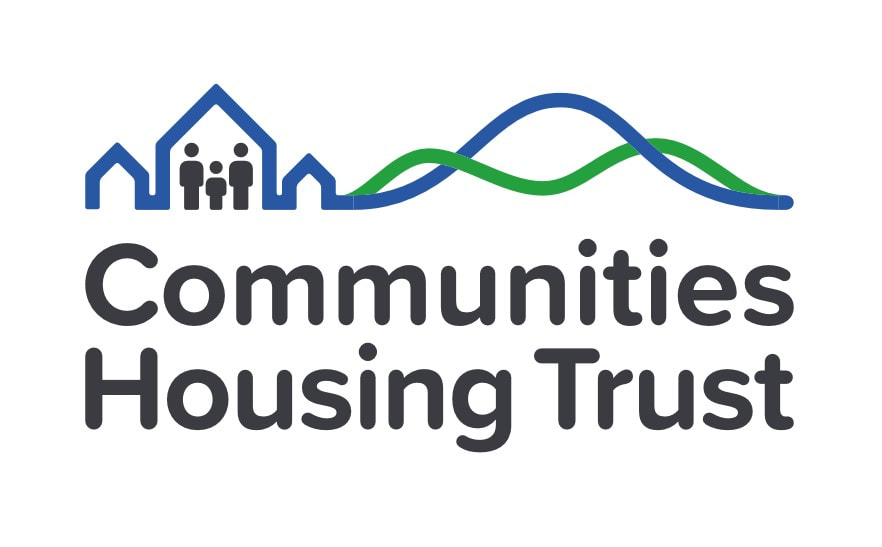|
This is the last in a series of monthly blogs about community-led housing in Scotland, jointly written by Mike Staples, Chief Executive at South of Scotland Community Housing (SOSCH), and Ronnie MacRae, Chief Executive at Communities Housing Trust (CHT). Between us we’ve worked with hundreds of communities across Scotland, providing well over 1,000 affordable homes. We’ve spent the last 12 months illustrating the different benefits of community-led housing by featuring delivered projects across Scotland. This is our final blog – for now – and we simply wish to underline the many and deep-rooted impacts projects can have when led by the needs and wishes of communities themselves. Even one or two homes make a big difference in communities by helping them become more inclusive, resilient, and prepared for the future. It’s not a theory, or just a nice idea on paper, but proven in practice – see our gallery for examples of developments. What are the benefits of community-led housing?
Beyond providing forever affordable homes, protected for use by local communities as assets that communities can use to acheive broader economic and social changes, community-led housing is also:
All this with just a few houses! As such, community-led development fulfils human rights commitments and future planning agendas, as well as many other Scottish Government policies linked to the list above. We believe it should be at the core of policy decisions in Scotland going forward. We’ve seen coverage and understanding of community-led housing in Scotland grow over the past few years, with continued support from the Scottish Government through the Scottish Land Fund and Rural Housing Fund. Politicians are now more aware of how community-led housing delivers on national targets and community needs—so why not scale it up? SOSCH and CHT’s work in Scotland is being recognised internationally as models for responsible housing, and shared in European knowledge exchange networks. Just last week, projects that CHT & SOSCH supported made up all three finalists for the ‘Housing & Regeneration’ category of the SURF Awards, underscoring the notable contributions of community-led housing to places up and down the country. Scotland is well-positioned to expand community-led housing developments, as a leader in the field. On behalf of communities, we are asking for further support from the Scottish Government and other funders, into normalising community-led housing as a key option for Scotland, particularly in rural and island areas where communities lack capacity to undertake projects themselves. These blogs have highlighted what communities are achieving through community-led housing, and we ask for recognition and scaled-up funding—for both communities and support organisations—to keep more of these projects coming. Here’s to realising more community dreams in 2023 and beyond!
The Scottish Government is committed to introducing a new Land Reform Bill to Parliament by the end of 2023. Key proposals for the forthcoming Bill, contained in a recent consultation paper titled ‘Land Reform in a Net Zero Nation’, focus on imposing statutory requirements on large-scale rural landholdings, partly defined by Government as landholdings exceeding a minimum threshold of 3,000 hectares.
The Government proposes that such landholdings be subject to a public interest if they are to be transferred into new ownership by sale or other means. It also proposes that they should be subject to compulsory Land Management Plans, and a duty to comply with the currently voluntary Land Rights and Responsibilities Statement. The Government further proposes a requirement on the part of owners of such landholdings to provide prior notification of their intention to sell their holdings, to eradicate ‘off-market’ rural land sales that limit opportunities for community ownership. Lowering the minimum threshold for landholdings from 3,000 hectares to 500 hectares for the above proposals, and considerably lower still for the ‘prior notification of intention to sell’ requirement, would greatly enhance the likelihood of them addressing the lack of affordable housing contributing to the depopulation and demographic crisis facing many economically fragile rural communities. The new Land Reform Bill could also help tackle the lack of affordable homes in rural communities by amending the Planning (Scotland) Act 2019 to introduce a new-use category in the land-use planning system, as previously proposed by Andy Wightman when the Planning Bill was going through Parliament. That would enable planning authorities to classify homes as primary residences, second homes or holiday lets, with planning permission being required for a change of use. Community-led housing provision has long been a distinctive feature of community land ownership in rural Scotland, with both the Communities Housing Trust and South of Scotland Community Housing playing crucial roles in facilitating its delivery. The forthcoming Land Reform Bill therefore also needs to amend the suite of existing Community Rights to Buy to ensure they fit for the purpose of bringing more land and assets into community ownership to help provide more of that housing. There is now an opportunity to take a genuinely joined-up approach to land reform and community-led housing development by including the above measures in the forthcoming Land Reform Bill. All the more so, if they are aligned with rural housing planning policy detailed in the recently published draft National Planning Framework 4 and the future Community Wealth Building Bill that is also on the Government’s legislative radar. This blog is part of a monthly series about community-led housing in Scotland, jointly written by Mike Staples, Chief Executive at South of Scotland Community Housing (SOSCH), and Ronnie MacRae, Chief Executive at Communities Housing Trust (CHT). Between us we’ve worked with hundreds of communities across Scotland, facilitating well over 1,000 affordable homes. Between 2009 and 2013, 40 people left the small Gaelic-speaking crofting community of Staffin in the north of Skye. This was a 6.6% population drop in four years. The James Hutton Institute forecasts a quarter of the population of the North West Highlands and the Southern Uplands declining within the next 25 years, unless action is taken. We know what the picture looks like across the country: young people unable to find suitable accommodation so being forced to leave their communities or unable to return after education (nearly half of all young people will be leaving the Highlands & Islands in the next five years, according to a new report by HIE. In the south of Scotland, the proportion of young and working-age people has been declining since 1992 and is projected to decrease significantly in the next seven years). Likewise, families are unable to find housing, which removes working-age people from already stretched communities, leaving services and businesses struggling. The demographics are crucial: with ageing population predictions across most areas of rural Scotland, we’re looking at diverging even more from thriving, diverse and self-sustaining communities. So, faced with this depopulation and demographic crisis, what are communities doing about it? Lots, in a word. They’re looking at the whole picture, tackling repopulation from a range of angles. No to one-size-fits-all Firstly, there’s the need to tailor solutions to the specific needs of each community. Targeting exactly what’s needed in different rural and island communities means they can grow and adapt for the future in the ways they need to. For example, including more affordable family housing to keep young, working families in their hometowns (or help them return), including more homes with office space, or more adaptable homes to prevent people with additional or changing needs from having to leave. Protecting housing stock for the future Secondly there’s increasing the housing stock and protecting it for use by local communities. Without control over future sales or allocations, what’s to say the homes won’t become holiday or second homes? Applying tools such as allocation policies and the Rural Housing Burden means that the houses will be forever in use by people with a need to live or work in the area. Lifelong homes with a range of tenures Thirdly, having options of different affordable tenures is crucial, particularly in small communities. With secure tenancy options, community-led homes give individuals and families opportunities to plan for a long-term future. And by promoting community connections and prioritising tenants with existing ties to the community (e.g., a job, nearby family, connections to local services or businesses), this model also helps with stability and diversity of a community. Not just homes… As ever, it’s not just homes that are needed. That’s something that communities are demonstrating in practice too. In terms of how Staffin dealt with their population loss, the Communities Housing Trust worked with Staffin Community Trust to provide a range of affordable homes, but also to improve access to services with a new NHS health centre, and improve opportunities for local businesses with commercial units and workshops. All this was achieved on a small site with partnership working. A short film about the feasibility stage of the Staffin project, part of a ‘routemap’ resource for community-led housing In Closeburn, Dumfries and Galloway, the Nith Valley Leaf Trust partnered with SOSCH to identify need for local, affordable family homes. The project introduced new, Passivhaus family homes across from the school, which had previously suffered from a decreasing roll. Three new families moved into the homes, all with young children, which helped sustain the school and teaching jobs. One of the families also runs a day-care business from their home, further increasing local service provision for families. Similarly, in Glentrool, a remote and rural community at the heart of Galloway Forest Park, SOSCH has supported Glentrool & Bargrennan Community Trust to redevelop three empty homes into affordable family housing. This project has been delivered in conjunction with the development of a community-hub, creating local employment opportunities in a very remote location. Community-led is the way to repopulate
An important aspect of repopulation agendas is creating great places that are attractive to live, work, play, and grow up and grow old in. We want everyone – politicians, local councillors, services and businesses, community organisations and residents – to see that community-led housing and development does just that. It complements other existing options such as housebuilding through councils or housing associations. As depopulation is a major issue felt keenly in communities across the country and one of the Scottish Government’s critical policy challenges, both CHT and SOSCH, alongside our community partners, demonstrate there’s a proven solution in community-led development. In practice, this means enabling communities to make their own decisions and do what they do best: adapt, innovate, and create the best opportunities possible for their own futures. It’s not a theory, or just a nice idea on paper, but proven in practice. In the absence of other possibilities for many rural and island communities, and with funding support from the Scottish Government (such as the Rural & Islands Housing Fund), community-led provides strong outcomes and goes hand-in-hand with repopulation. We look forward to supporting many more communities thrive in as many ways as possible! This blog is part of a monthly series about community-led housing in Scotland, jointly written by Mike Staples, Chief Executive at South of Scotland Community Housing (SOSCH), and Ronnie MacRae, Chief Executive at Communities Housing Trust (CHT). Between us we’ve worked with hundreds of communities across Scotland, facilitating well over 1,000 affordable homes. In 2012, seven apprentices were taken on to help build six affordable homes in the Cairngorms National Park, as part of a skills training programme to boost crucial rural trades. Ten years later, three are still with the same local contractor, AW Laing. The rest have been taken on by other contractors in the area. The ten homes at Ardgeal near Kincraig were an exemplar community-led development by the Communities Housing Trust, using a former Forestry & Land Scotland site where all timber felled and material excavated was used on site. The homes have minimal impact on the environment and are efficient to run. But beyond this, they provided needed job opportunities for young people and boost rural construction trades. The apprentice programme was one of many ways the project looked at long-term sustainability. All felled timber was milled on site and some was provided for an outdoor classroom at the local primary school, whose numbers were increased with new families moving to the ten homes. In the remote community of Glentrool, on the edge of the Galloway Forest Park, Glentrool & Bargrennan Community Trust appointed Broatch Construction to redevelop three homes into affordable, family housing. The work was completed in March 2022, helped along by a team which included four apprentices. A trainee electrician, a plumber, and two joiners worked on the redevelopment project, all recruited from the local surrounding area. The apprentices used advanced, climate- friendly approaches, including implement new solar-powered heating systems, to create beautiful and high-quality homes for incoming families. The project also allowed for practical ‘green-build’ experience for young professionals along the way. South of Scotland Community Housing is also partnering with South of Scotland Enterprise and community organisations, including Dumfriesshire East Community Benefit Group, to develop a programme of skills- building for low-energy retrofits. These schemes will be jointly delivered with funders and communities to support an inclusive transition to net-zero in the construction and housing sectors. ‘Just’ building a house can be so much more – and we need to provide thousands more affordable homes in Scotland. The associated benefits from a community-led approach are significant. Establishing skills development programmes to help deliver community-led housing is an effective way to:
Opportunities for rural and regional growth Rural trades are in crisis. Construction prices rose more than 27% from May 2021 to May 2022;[1] travel costs are through the roof; and labour is exceedingly hard to come by, especially in rural areas. Numbers of construction employees in Scotland fell by 9.2% in 2020 compared to 2019, whereas numbers increased in England and Wales.[2] Construction projects overall are costing 10-15% more compared to 1-2 years ago.[3] These create real knock-on impacts when a community is paying. Since many construction firms and tradespeople are concentrated in the central belt, there is a growing need for regional skills. With the push towards community-wealth building, there is a huge opportunity for regional supply chains as an investment priority for the development sector. By keeping contracts local, community housing projects have the potential to create new jobs and training opportunities. It also ensures wages stay local and are reinvested in nearby people, businesses and services. This includes ongoing and long-term opportunities for repairs and maintenance, to establish or grow local companies which are more accessible and less expensive than companies who have to travel long-distance. This is a key aspect of viability and affordability of homes in rural areas. Community-led housing simultaneously provides job opportunities in rural areas and tackles the skills shortage for the long-term, further supporting rural communities down the line. Secure jobs and housing mutually reinforce each other and are important parts of creating great places. No Planet B As for planetary considerations, there’s also the drive to repurpose empty buildings across Scotland. In Glendale, Skye, the renovation of the disused school will provide opportunities for students to do hands-on coursework units in retrofitting and recycling building materials, as well as CPD for those in related fields. This Glendale Trust and Communities Housing Trust project is working in partnership with Historic Environment Scotland, Zero Waste Scotland, Built Environment Smarter Transformation, and Climavore, to name just a few. We can’t have ‘sustainable developments’ with exciting new ‘green’ materials that have to be shipped internationally and installed by experts from afar. So, looking holistically at climate conscious aspects common to community-led projects, local contractors and companies help do the following:
References
[1] See UK Government’s Department for Business, Energy & Industrial Strategy monthly statistics: https://www.gov.uk/government/statistics/building-materials-and-components-statistics-june-2022 [2] ONS Construction Statistics GB 2020 https://www.ons.gov.uk/businessindustryandtrade/constructionindustry/articles/constructionstatistics/latest [3] Communities Housing Trust projects at September 2022; own calculations. This blog is part of a monthly series about community-led housing in Scotland, jointly written by Mike Staples, Chief Executive at South of Scotland Community Housing (SOSCH), and Ronnie MacRae, Chief Executive at Communities Housing Trust (CHT). Between us we’ve worked with hundreds of communities across Scotland, facilitating well over 1,000 affordable homes. Scotland’s involvement in European events and networks like the International Social Housing Festival, Sustainable Housing for Inclusive and Cohesive Cities (SHICC), and the European Community Land Trust Network sparks innovation and forges cross-cultural connection. Collaborating on research and testing pilot initiatives together pools limited resource. More importantly, it helps us keep our ideas sharp so that we give the best tried and tested support to communities here in Scotland. Recognition of Scottish projects on the European stage also reminds us that our communities inspire others beyond our borders and connect us with policy, practice, and people elsewhere. Community is at the heart of our work in more ways than one. Highland community-led housing sees international acclaimScottish community-led housing received international attention in June as the regeneration of Achtercairn in Gairloch on the coast of Wester Ross won at the European Responsible Housing Awards in Finland. The awards are held annually as part of the International Social Housing Festival, organised by Housing Europe, a network of 43,000 housing providers across 25 countries, to showcase outstanding examples from affordable housing providers from the continent. The project in Gairloch won the ‘More Than A Roof’ category, recognising it as a development where impacts go beyond ‘just’ homes and where equal opportunities for the community are supported. This is deserving recognition for a small rural community who were keen to tackle the difficulties of depopulation, declining services, and lack of affordable homes and business premises that are affecting communities across the region. Rural communities pay more for less housing, which is less secure, even as they earn less than urban areas, and the cost of living is higher[1] – which makes this project a model for change. With European countries recognising the model and all we’ve jointly been able to achieve in Scotland by working with communities who lack the capacity themselves, it was therefore disappointing to see such little recognition on home turf: in the media, by authorities, and by policymakers. How loud must communities shout? The Communities Housing Trust facilitated the regeneration, together with around 50 partner organisations and input from local residents. Together they transformed the derelict brownfield site into a thriving new geographic centre for the village. Achtercairn now includes 25 affordable homes (five affordable housing tenures, with three different providers); Gairloch Farm Shop, which also houses the local vet; Air Training Corps facility; and the GALE Centre which is Scotland’s first public building to be awarded Passivhaus status. The Centre includes a Tourist Information Hub, a community-run shop and café, an outlet to support the wider region, community rooms to rent, and veg-growing and composting area for the café. A University of the Highlands and Islands classroom which enables people of all ages to access learning opportunities has moved to larger premises. Importantly for the long term, the homes are secure, provided by the local authority (Highland Council), a housing association (Albyn Housing Society), and the Communities Housing Trust. They are also highly energy efficient to help reduce living costs. The Rural Housing Burden is applied to the homes for sale which protects affordability and use for the local community in perpetuity. An award-worthy model for responsible housingThe awards’ focus on ‘responsible’ housing looks for projects that show co-creation and involvement of partners; innovation; and true sustainable development, both for climate and community. This echoes the Communities Housing Trust’s and SOSCH’s practical work in community-led development as an excellent way to provide housing which creates truly affordable, decent homes for many generations to come. The clear advantage of community-led development is that it allows residents to think and act broadly and holistically about their needs: How can we reduce bills? Are there any spaces for community groups to meet? Is there a key service lacking locally? How can businesses grow, or set up? Are all ages catered for? What happens when children wish to leave home and work locally? How can tackling climate change be integrated? Because of the broad approach and long-term view, community-led developments give more bang per buck.[2] But it’s about so much more than just the money. When primary school rolls rise, a diverse range of businesses can pop up, and local residents are guaranteed secure homes forever, it helps to reverse a trend of outward migration and struggling rural areas. Residents can put down roots and thrive as vibrant communities into the future. Achtercairn is one of many projects that shows what’s possible for rural communities in Scotland, as well as elsewhere in the UK – and Europe. Scotland’s place in Europe – a formal partner in European Knowledge ExchangeThe Communities Housing Trust’s recent award continues a trend of Scottish involvement in the European community-led housing scene. In 2020, SOSCH were invited to become the formal Scottish partner in a North-West European Interreg knowledge exchange programme between seven countries. ‘Sustainable Housing for Inclusive and Cohesive Cities’ (SHICC) tackled rising house prices and unsuitable living conditions in urban areas. SOSCH’s involvement was catalysed by its support to the ground-breaking Midsteeple Quarter project in Dumfries Town Centre. Midsteeple Quarter now have five buildings in community ownership and continue to pioneer community-led regeneration of a High Street in decline—a challenge that many urban areas around the continent face in the wake of Covid. Midsteeple Quarter also partnered with SHICC member Community Land Trust Brussels (CLTB) to test new governance tools within the Generative Commons Living Lab Horizon 2020 project, emphasising the lasting links of collaboration. Although the programme formally ended in 2021, SOSCH are now founding members of the European Community Land Trust Network (ECLTN). The next phase of this important information exchange includes learning from best practice in delivery models, innovative net zero and economic modelling, but also sharing some of the excellent work being delivered in community-led housing here in Scotland. SOSCH’s involvement in the creation of the ECTLN means the Scottish community-led housing network will support the development of new CLH organisations and projects beyond our borders. The new ECLTN brings community land trusts and community-led housing enablers from SHICC together with design agencies, social entrepreneurs, and researchers to develop a comprehensive response to the dual housing and climate crises. This initial stage of network development (January-June 2022) is funded by €100,000 from the Laudes Foundation. SOSCH returned to Amsterdam last week for a second series of workshops designed to kickstart the network. SOSCH, along with our European CLT Network partners, are also jointly submitting proposals to Interreg and Horizon Europe programmes to grow the important work we have begun together. These programmes intend to test the effectiveness of community-led housing initiatives as circular developers, studying the community-led housing sector’s unique ability to deliver on social and environmental objectives in tandem for a truly just transition. Scottish participation in international learning exchange networks has been valuable for our enabling work. Community-led housing takes different forms and responds to various local challenges, but cross-border collaboration indicates it is consistently impactful as a place-making approach to combat speculative markets and unaffordable homes. This will become only more important as Scotland experiences a cost-of-living crisis—another reminder that we operate within a broad European context. We believe Scottish participation in collaborative learning projects such as the European Network for Community Land Trusts should be encouraged and supported by the Scottish Government. Going forwardWe are asking the Scottish Government to firmly support community-led housing, and community-led facilitators, by giving them a central position within affordable housing and place-making policy and funding streams. The important contributions of the community-led housing sector are being recognised beyond our borders in our neighbouring European countries, many of whom have progressive and well-established policy support. SOSCH and CHT are asking for full recognition of the community-led model and related support - particularly for small communities who lack the capacity to undertake projects themselves - here at home. You can read more about CHT's award on the European Responsible Housing website, and more about the project here on CHT's own website. You can read more about SOSCH’s participation in the SHICC project and European CLT Network in a recent blog. References
[1] See Registers of Scotland Property Market Report 2021 p47 https://www.ros.gov.uk/__data/assets/pdf_file/0019/189001/Property-Market-Report-2020-21.pdf; the Scottish Government’s Poverty In Rural Scotland Evidence Review 2021: https://www.gov.scot/publications/poverty-rural-scotland-review-evidence/pages/5/ and https://www.gov.scot/publications/poverty-rural-scotland-review-evidence/pages/6/ [2] See e.g. Capital Economics’ report (2020) ‘Housing by the community, for the community’ https://www.communitylandtrusts.org.uk/wp-content/uploads/2021/08/999-final-report-capital-economics-housing-by-the-community-for-the-community-sept-2020-2.pdf and Community Land Scotland’s report (2020) ‘Home Delivery: Community Led Housing in rural Scotland’ https://www.communitylandscotland.org.uk/wp-content/uploads/2020/11/Home-delivery_Community-led-rural-housing.pdf This blog is part of a monthly series about community-led housing in Scotland, jointly written by Mike Staples, Chief Executive at South of Scotland Community Housing (SOSCH), and Ronnie MacRae, Chief Executive at Communities Housing Trust (CHT). Between us we’ve worked with hundreds of communities across Scotland, facilitating well over 1,000 affordable homes. In a 2021 survey of Badenoch & Strathspey, the Cairngorms Business Partnership found that 68% of businesses reported a shortage of housing had impacted on their efforts to recruit staff, and 60% felt that a shortage of housing had impacted on their efforts to retain staff. 35 businesses reported people had declined job offers due to their inability to secure housing, with 91% saying it was a recurring issue.[1] A study in April by Mull & Iona Community Trust showed that 78% of businesses report that the lack of worker housing is impacting on their current operation, and 73% believing it creates staff retention issues.[2] A recent survey of Glenkens and District Trust similarly indicated critical challenges securing enough housing to attract and retain staff from some of the region’s largest employers. This picture is reflected across Scotland, with areas heavily reliant on tourism affected most acutely. In November 2021, over a third of Scottish businesses reported experiencing a shortage of workers, and around half of businesses in the hospitality and construction sectors struggled to fill vacancies.[3] “The future of our business is seriously at risk. We are already being forced into reduced operating hours and staff pressures are making this worse all the time. We are able to offer really attractive terms to work here and staff would love to move here, but it is almost impossible due to housing shortages.” This is a dire situation. Not for any grand aims of economic recovery or growth, but simply because it’s affecting people’s ability to live day-by-day, let alone live well. Private rented tenancy legislation has had a negative impact on availability of worker housing, especially in rural areas. It’s a complex area, and we would recommend a review between Scottish Government and estates and landlords, to ensure that appropriate amendments are implemented which work for all. There’s a clear need for short-term, emergency accommodation to support businesses, which cannot be supported through schemes such as the Rural & Islands Housing Fund. We therefore need to come up with ways of assisting and enabling accommodation for workers. Between SOSCH and Communities Housing Trust, we believe we have developed some of the solutions and would welcome the opportunity to explore these and implement them on a wider scale, with appropriate support. At the risk of sounding like a broken record, this issue can be tackled effectively through a community-led approach. Housing workers in rural and fragile communitiesIn rural, remote or fragile communities, affordable homes close to key employers help attract and develop a skilled workforce. Such homes also build resilience by creating diverse work opportunities for residents. Some large employers have historically provided housing for their workers; some did so until the pandemic when the homes were sold off; some are looking into it now as a pressing issue. An alternative approach would be businesses and staff, or indeed just communities more broadly, coming together to jointly provide homes. The affordable, high quality, healthy homes and spaces that community-led housing creates (see our previous blogs, for example here and here) help make remote or rural communities attractive places to live and work. They also help combat urban drift that many of the communities we work with are experiencing. This includes a concerning outward migration of younger people, unable to find jobs and housing, leaving behind ageing populations vulnerable to reductions in services as there are simply not enough working-age people to keep them going. How it works It’s a simple idea to live near where you work. Living locally reduces commutes, prioritises green transport networks, keeps spending power locally, and frees up time for other things, increasing quality of life. It supports the principles of a ’20-minute neighbourhood’ with positive climate impacts and promotes circular economies. In reality, this simple idea may present a huge challenge for rural communities. Community-led housing presents a feasible solution to these complex environmental and economic issues. A main benefit of community-led housing is that it can be flexible and responsive to peoples’ needs, including shifts in work patterns, commuting, and spacial requirements. For example, it may include a community hub or co-working space to support the changing needs of working people throughout the ongoing pandemic. The community development trust All Roads Lead to Whithorn (ARLTW) in Whithorn, Dumfries has refurbished two family flats on the high street for local people. At the same time, ARLTW is refurbishing the Town Hall into a Hub and Bunkhouse that includes flexible space and a learning hub to support the community’s co-working and learning needs. The Hub is projected to provide up to £100,000 worth of community and tourism benefits each year, with many visitors attracted by the popular Whithorn Way pilgrimage.[4] 12 community-led affordable homes in Tomintoul in the Cairngorms have just opened for applications, a partnership between Tomintoul & Glenlivet Development Trust and the Communities Housing Trust. Futureproofing includes energy efficiency measures, PV panels and EV chargepoints, as well as homeworking space in some homes, in response to community needs. In addition, community-owned housing often provides rental income that can be reinvested within the local community. Case studies In Colonsay, there are just two pupils left in the primary school. There are fewer than 10 residents aged 18-30, and the island is struggling to keep the ferry, plane and fire services going (on top of ‘normal’ jobs, of course). Over 40% of housing stock on the island is now holiday- or second-homes, with very few options for available affordable housing stock. The issue here is overemployment with the threat of services closing, leaving working-age residents stretched to breaking point. Outside the main settlement of Scalasaig, the Communities Housing Trust negotiated a sale of land from the estate, and work has begun on up to 24 affordable homes in partnership with Colonsay Community Development Company. All these homes will be protected for use by the local community, and their affordability will also be protected in perpetuity. A second site will provide new commercial units and workshop space. The community are leasing some of the land to MOWI, who will provide an additional three houses of multiple occupancy for their own staff, as recruiting and retaining staff was a recurring issue for the company’s Colonsay site. As and when MOWI decide they don’t need the homes anymore, they will return to community use.
The four new Police Station homes in Langholm delivered by the Eskdale Foundation and SOSCH in 2021 play an important role in supporting other regeneration and repopulation efforts in the area. The Langholm Alliance, an umbrella community organisation approved by Scottish ministers to oversee the economic regeneration of Langholm by 2030, brings together 73 groups working to increase economic vibrancy in the town. This concerted effort to attract more businesses, employees, and boost the tourism industry in Langholm in the wake of its textile industry decline urgently requires affordable homes. The Old Police Station homes support the town’s wider ambitions by providing secure and attractive places to live for people moving or returning to Langholm. SOSCH supported Wigtown & Bladnoch Community Initiative’s (WBCI) refurbishment of a former Bank of Scotland building on the Wigtown High Street. The community created two new affordable homes and a bunkhouse for 8 visitors. WBCI will employ full-time staff to manage the bunkhouse. . As Scotland’s National Book Town, tourism is important to Wigtown’s local economy, and this project means the community can directly benefit from its growth. SOSCH is also currently supporting Glenkens and District Trust in planning the delivery of community-led housing across the region. In addition to a community housing survey that was sent to residents, SOSCH surveyed large employers in the Glenkens and District area to establish housing need and demand from their workforce. This data helps establish a picture of the housing issues key employers face when recruiting staff, as well as difficulties existing employees have in securing housing. [5] One large employer in the region reported: New staff relocating to the area have found it challenging to find affordable and available accommodation… [A]s an organisation, the lack of readily available housing could lead to potential new staff looking elsewhere. The bottom line Community-led housing is a sensible approach to deliver worker housing in that it not only tackles the current need in the community, but it plans for future need by working with local people, businesses and employers. It creates affordable and long-lasting homes that attract and retain new people into the community, and supports sustainable, thriving populations and economies. Community-led housing enables communities to prepare for the future they would like to see. References:
[1] Communities Housing Trust Report for Cairngorms Business Partnership on Multi-tenure Development for Affordable Housing, May 2022 [2] See https://www.mict.co.uk/wp-content/uploads/2022/05/Mull-and-Iona-Key-Worker-Housing-exec-summary.pdf (May 2022) [3] See Cabinet Secretary Kate Forbes’ statement to Scottish Parliament, 11 January 2022: https://www.gov.scot/publications/labour-shortages-debate-cabinet-secretarys-statement/ [4] https://www.southofscotlandenterprise.com/news/components-folder/filtered-listing-panel/whithorn-town-hall-to-be-brought-back-to-life [5] SOSCH Housing Needs and Demands report for Glenkens and District Trust, March 2022 available at: a7a70d_ad9c8e50d69e47e3b2938c955b4ffbad.pdf (glenkenstrust.org.uk) This blog is part of a monthly series about community-led housing in Scotland, jointly written by Mike Staples, Chief Executive at South of Scotland Community Housing (SOSCH), and Ronnie MacRae, Chief Executive at Communities Housing Trust (CHT). Between us we’ve worked with hundreds of communities across Scotland, facilitating well over 1,000 affordable homes. We have 43,000 long-term empty homes in Scotland[1]. We have soaring costs of building materials, and challenges of supplying them, particularly to remote or island areas. We have goals for net zero and zero waste, to help tackle the climate crisis. And we have an affordable housing crisis. Amid all this, there is an obvious starting point: use what we have already. Communities are best placed to take on projects to ‘recycle’ buildings, reusing materials and repurposing them to meet local needs. Recycling for net zero Often unattractive to commercial developers, restoring and repurposing older buildings is an important part of a more sustainable environment and meeting net zero goals. It should be considered alongside other industry priorities, including, for example, using net zero heating and energy efficiency measures, and local materials. Especially for urban areas, where new builds and green spaces are harder to come by, repurposing empty buildings is a strategic and climate conscious way to address the housing crisis. This opportunity is reflected in Community Right To Buy legislation, updated in 2018 to include ‘abandoned, neglected, or detrimental land.’[2] However, many would consider this extension underutilised, in part because of the convoluted process. CHT and SOSCH support communities through this process to bring recycling buildings into the mainstream. Costs of building materials and challenges of supply Following Brexit and the Covid pandemic, there has been a well-documented rise in costs of building materials. Prices of timber and steel increased by 79% and 77% respectively by September 2021.[3] Coupled with, for example, attempting to build on an island, and additional transport costs of materials by ferry, reduced ferry sailings due to bad or winter weather and associated delays, this is a pressing challenge. In real terms, all this has led to a 20-40% increase in development costs.[4] There is therefore an obvious case to be made, not only for supplying home-grown materials through collaborations between crofters, farmers and landowners, but for reusing and recycling as many materials as we can. A third crucial aspect is then actively tackling the skills and labour shortage, particularly keenly felt in rural areas, by creating more opportunities for implementing a recycling, circular economy approach to construction. Raising confidence and spirits Beyond these practical points, there is value in what we call ‘placemaking’ – communities having a role in shaping where they live, strengthening relationships between people and place, having pride in where you live and raising confidence for exploring what changes are possible. Many of the vacant buildings in urban areas are linked to services or businesses ending, and high street decline. Therefore these buildings are often central, visible, and can greatly affect local pride and spirits – and the economy – if they sit empty. In rural areas, the empty buildings may be schools, or houses – buildings important to generations of people. There’s often a sense of sadness at decline within the community, as an indicator of wider problems of rural depopulation. Community-led projects to re-use and re-purpose buildings are not just environmentally-conscious approaches to housing, but also approaches that can appreciate the personality, character, and history of a place where communities become responsible stewards. In doing so communities demonstrate model ways of how best to integrate historical places with their long-term future in mind. Recycling buildings provide an opportunity to integrate all of the above. Case studiesSOSCH has supported the following projects: Langholm Old Police Station: An award-winning project in which a former police station lain empty in town centre for 15 years before the Eskdale Foundation turned it into 4 affordable homes (family, single-resident, and fully accessible homes). Wigtown: the Wigtown & Bladnoch Community Initiative turned a former Bank of Scotland, which vacated the high street in 2017, into two homes and a community-run bunkhouse for visitors. Whithorn: All Roads Lead to Whithorn (ARLTW) redeveloped a former Grapes Hotel, derelict for over 30 years on the historic main street, into two family homes (with a phase two: two additional fully accessible homes at the back of the site and landscaping). ARLTW is also renovating the Town Hall. Communities Housing Trust has facilitated or is undertaking the following projects: Glendale, Skye: CHT is a key partner to renovate and convert the old Borrodale school and schoolhouse in Glendale into 5-6 affordable homes, alongside the Glendale Trust, Historic Environment Scotland, Local Energy Scotland and Zero Waste Scotland, amongst others, with a focus on reusing materials, boosting local skills and rural trades, and energy efficiency. Achiltibuie: with Coigach Community Development Company, CHT converted the old schoolhouse into 2 affordable homes for the local community, with funding support from the Nationwide Foundation and the Scottish Government’s Rural Housing Fund. It was the first successful completed project to receive RHF funds. Acharachle: CHT worked with Acharacle Community Company to renovate the old school and schoolhouse, as well as a derelict empty home, Druim Garbh. CHT developed an innovative long lease model which allowed the home to be refurbished to a high standard. In all of these cases, had the community not taken control of the buildings and led the conversion into housing, the properties would very likely remain empty and degrading. Communities are taking on a vital role and undertaking work that others will not, and must be supported in doing this important work. These projects require specialised architectural vision to reshape an existing building into unique homes with character, with support from organisations such as Historic Environment Scotland, the Architectural Heritage Fund, and Construction Innovation Centre Scotland. Challenges such as Brexit, Covid, material costs and the energy crisis are causing regulatory bodies to be more cautious, when in fact these are the exact reasons why urgent and flexible cooperation is needed whilst there is a desperate demand for more housing. Both SOSCH and CHT will continue to support communities to take on projects on empty homes and vacant buildings, as one crucial aspect of tackling Scotland’s housing and climate crises. References [1] See Scottish Empty Homes Partnership: https://emptyhomespartnership.scot/ [2] Community Right to Buy (A,N, & D): https://www.gov.scot/policies/land-reform/community-right-to-buy-abandoned-neglected-or-detrimental-land/ [3] See RICS article, 19 Nov 2021: https://www.rics.org/uk/news-insight/latest-news/news-opinion/construction-materials-cost-increases-reach-40-year-high/ [4] Communities Housing Trust projects at March 2022; own calculations. This correlates with the wider sector, see e.g. https://www.constructionnews.co.uk/supply-chain/how-sharply-rising-materials-prices-have-rocked-the-sector-28-02-2022/ Further reading
‘Not so pretty vacant’ campaign by SLC & SEPA Empty Homes Partnership Case Studies - Scottish Empty Homes Partnership You can also report an empty home here: https://emptyhomespartnership.scot/ This blog is part of a monthly series about community-led housing in Scotland, jointly written by Mike Staples, Chief Executive at South of Scotland Community Housing (SOSCH), and Ronnie MacRae, Chief Executive at Communities Housing Trust (CHT). Between us we’ve worked with hundreds of communities across Scotland, facilitating well over 1,000 affordable homes. Public consultation for the proposed National Planning Framework 4 (NPF4), the Scottish Government’s long-term plan for spatial development is open until 31 March 2022, and once adopted by Holyrood, will provide an overarching guide for local planning decisions through to 2045. CHT and SOSCH and whole-heartedly welcome the introduction of community ownership, community wealth-building, and the wellbeing economy that appear throughout the NPF4. We celebrate the formal recognition of these ideas and see their inclusion in the draft framework as an important shift from existing planning policy. Scotland’s approach to community land use and land reform is world class. If we have a planning system that matches and follows up this approach, we can build a more equitable, sustainable, and diverse Scotland—just what NPF4 sets out to do. We should not lose sight of this opportunity for big changes: to ensure communities are given priority in planning considerations. At SOSCH and CHT, our work is already aligned to many of NPF4’s intended outcomes. The projects we support tackle the critical challenges of:
We know community-led housing builds the ‘great places’ NPF4 describes: Photo credits: Hazel J L Smith, Chartered Architect SOSCH supported the Wigtown and Bladnoch Community Initiative’s community-led redevelopment of a former bank in Wigtown into two affordable family homes and a community-owned bunkhouse. The project creates new housing options for local families who need it, but also generates income by providing visitor/tourist accommodation in the heart of Scotland’s Book Town. Maintenance of the bunkhouse will provide new jobs to the community. This project provides an excellent example of sustainable growth of key industries in the region, delivered through community wealth-building models that do not leave locals behind. Taighean a’ Chaiseil in Staffin, Skye, was a community-led partnership between Staffin Community Trust, Communities Housing Trust and Lochalsh & Skye Housing Association. Six affordable homes, a new NHS Highland health centre, and new commercial space implement the principles of a 20-Minute Neighbourhood, but in a way that’s realistic for rural settings. As a result, the development has helped retain the primary school; the population of Staffin has increased; there is improved and expanded health services for the area; the local economy is growing and is more diverse; and rental income for the community-owned units is reinvested in community projects. This also echoes the principles and practice of circular economies which we believe should be at the forefront of NPF4. The concepts put forward by NPF4 should allow for clear understanding and interpretation by planners and consultees, to ensure consistency and efficacy – particularly in the approach to rural areas.
We need localised policies; we know that communities already do this well, in expressing their needs and aspirations. Spatial zoning may flatten and ‘box’ this expression, with little flexibility for future changes of use. We believe that positive and inclusive language should be used for all proposed zones, to reflect how we value Scotland’s diverse residents. The five broad regions and their priorities will be more effective and valuable on the ground if communities have central involvement in the transitions proposed. An NPF4 that unequivocally supports community-led development could be radical for Scotland. We could achieve positive community outcomes at a new scale, if our planning system succeeds in establishing preference for community ownership models over the market-based approaches that are failing us. With 27,571 households homeless [1], an estimated 25% of those who are housed living in inadequate homes [2], and 1 in 4 renters and mortgage holders worried about not being able to pay their housing costs [3], we urgently need a better national strategy. NPF4 is an important opportunity to refresh our collective approach to housing, local development, and public participation. We recognise the need to make the most of it and we ask the Scottish Government to go boldly towards a more equitable, participatory, and sustainable future. NPF4 can deliver the great places it envisions, if we use what we already know and let communities lead the way. References: 1] Shelter Scotland: https://scotland.shelter.org.uk/housing_policy/key_statistics/homelessness_facts_and_research 2] Young, G. 2021: The right to adequate housing: are we focusing on what matters? : CaCHE (housingevidence.ac.uk) 3] 2021 research from Shelter Scotland: https://scotland.shelter.org.uk/media/press_releases/one_in_four_are_worried_about_not_meeting_housing_costs_in_2021 This blog is part of a monthly series about community-led housing in Scotland, jointly written by Mike Staples, Chief Executive at South of Scotland Community Housing (SOSCH), and Ronnie MacRae, Chief Executive at Communities Housing Trust (CHT). Together, we’ve worked with hundreds of communities across Scotland, facilitating more than 1,000 affordable homes. Two policies with huge public impacts will shortly be put before Holyrood: the Human Rights Bill, including the ‘right to adequate housing and to the continuous improvement of living conditions’[1]; and National Planning Framework 4 (NPF4), which will direct planning across Scotland for the next 20 years.[2] Neither policy mentions the other, nor considers how they could complement each other in principle or practice. The draft of NPF4 references protecting human rights, but does not mention the ‘right to adequate housing’– a key component of the Human Rights Bill. This is a missed opportunity. The human rights principles of non-discrimination, participation, transparency and accountability[3] could apply equally to NPF4. For us, a clear and obvious way to put this into practice is to plant a community-led approach firmly at the core of both policies. Community-led development fulfils all four principles by requiring ongoing participation and engagement; collaborative working to fulfil local needs and aspirations; and clearly-defined benefits to protect housing stock legally for local communities, forever. We therefore suggest prioritising community-led development as a human rights approach to NPF4. The Human Rights Bill and NPF4 both speak of valuing Scottish residents’ knowledge and experiences, and we are presenting a tried and tested way to do just that. Delivering housing as a human right through community-led models We at CHT and SOSCH join Shelter, Alacho, CACHE, CIH Scotland, and the Scottish Human Rights Commission in supporting a human rights-based approach to housing. By realising housing as a human right, Scotland could guarantee everyone has an adequate home. This is a core shift. It would override the failures of a speculative housing market that leaves so many people behind; where second homes outprice local residents and workers, and truly affordable homes are few and far between; where homelessness is a by-product of false scarcity; and increasing numbers of holiday homes are forcing outward migration of both urban centres and rural areas. These are the very issues that community-led housing tackles. They are also issues our planning system should redress. The community right to repopulation and the individual right to live where you choose - rights which a community-led approach supports in practice - are manifestations of housing as a human right. Community-led housing is an exemplary model for a human-rights based approach to housing. It should be one of the central pillars of NPF4, as a planning framework for everyone, everywhere. Bringing Human Rights to NPF4 There is a belief that the planning system is fair for all. It’s not. Despite 97% of Scotland’s landmass being rural, the current draft of NPF4 is highly urban-centric. This indicates to remote and rural communities that they are not equally included in Scotland’s future, despite the leadership they are showing in community-led development and long-term sustainability. Are small communities and small developments getting a fair crack of the whip? Lesley Riddoch argues that the current draft of NPF4 is “...a powerful blueprint for planning which ignores all the incredible efforts of Scotland’s rural communities and leaves them once again at the margins, fighting the system instead of having their success recognised and turned into a new officially endorsed, small-is-beautiful default.” “Are the myriad plucky and often crowdfunded self-help developments by small communities still not enough to prove their worth to policy makers?” With this plea we resoundingly say yes – they should be. So what does human rights-based housing look like? What would prioritising community-led developments across Scotland accomplish? We believe local people answer these questions best. Communities have insights into the needs of their residents and strong motives to create happy, healthy, thriving places that a truly sustainable future requires. CHT worked in partnership with the Staffin Community Trust to provide not only the first affordable homes in the crofting community for 23 years, but also workshop space, office and commercial space, and a new NHS health centre that replaced an old building unfit for purpose. Facing increasing tourism and a population dropping to 40, the homes of mixed tenures have helped retain six families in the village including eight children, which in turn will help keep the primary school open. SOSCH supported the Moniaive Initiative’s redevelopment of a long-neglected house in the village to tackle the demand for housing for older people with mobility needs. Refurbishment created a new fully accessible layout, with a second bedroom, open plan kitchen, and wetroom. The house was let to an elderly resident with additional care needs . The community’s work allowed the resident to stay living in their own home—maintaining independence, whilst also getting support from family nearby. Even the smallest community-led developments can have a large impact in remote and rural communities if they are meeting specific needs.
We’re keen that policymakers leading both the legislative human rights and planning agendas look to embed community-led development as a fair, effective, and respectful way to deliver the changes they are charged with. We ask them to take the opportunity to consider the work of the community-led housing sector and place the knowledge and experiences of Scottish people front and centre in their policies. As we proceed into the final stages of NPF4 public consultation, the values of non-discrimination, participation, transparency and accountability should ground our response. Look out for next month’s blog which will share a more in-depth review of NPF4 and community-led housing. References [1] The Human Rights Bill is intended to be introduced at the current parliamentary session: https://www.gov.scot/news/next-step-towards-scottish-human-rights-bill/ [2] NPF4 closes for consultation at the end of March: https://consult.gov.scot/local-government-and-communities/draft-national-planning-framework-4/ [3] United Nations Committee on Economic, Social and Cultural Rights (CESCR) has defined seven general conditions that must be met to fully realise adequate housing, including security, affordability, location, and accessibility (among others). Cited from page 5 in Alacho report: Young, G. (2021) The Right to Adequate Housing: Are we Focusing on What Matters? Available at: ALACHO-HR-PAPER.pdf (housingevidence.ac.uk) (Accessed 2 February 2022) This is the first in a series of monthly blogs about community-led housing in Scotland, jointly written by Mike Staples, Chief Executive at South of Scotland Community Housing (SOSCH), and Ronnie MacRae, Chief Executive at Communities Housing Trust (CHT). Between us we’ve worked with hundreds of communities across Scotland, providing well over 1,000 affordable homes. Amid all the noise about Glasgow’s COP26 and the world’s net zero targets, progressive and creative climate action has been quietly taking place in communities across Scotland. Scotland has ambitious climate goals. We’ve committed to becoming carbon neutral by 2045 and having 1 million zero-emission homes by 2030. The built environment has widely been acknowledged as a key area for opportunity in meeting these goals, and communities are making great progress through community-led housing. This isn’t new. Community Land Scotland’s recently commissioned research, Community Landowners and the Climate Emergency, finds that communities are good at climate-friendly regeneration and that environmental sustainability is a key tenet within their activities. The report finds that communities have “an over-riding concern to care for the community and the local environment,” (p.7). A second report by the Community Land Trust Network of England and Wales finds that community-led housing organisations in the UK routinely meet and exceed local and national carbon reduction requirements. Why? Because communities focus on their experiences, their needs, and their aspirations for the future. They look long-term. They want to thrive. They prioritise wellbeing. And this all translates into genuine, grassroots commitment to sustainability and environmental protections that we find in so much of their activities. Both SOSCH and CHT know this to be true. We frequently work with communities who are generating their own power through, for example, hydro schemes, rather than relying on fossil fuels. We work with communities retrofitting abandoned buildings and bringing them back into productive use as low-energy homes. We work with communities using vacant and derelict land to develop diverse and creative combinations of housing, services, and social and green spaces. Providing homes and services within easy reach contributes to the national aim of 20-minute neighbourhoods and reduces travel. These are just a few aspects of a wide picture of how we’re supporting communities in working towards net zero, and indeed carbon negative. Green design and energy efficiency
A mix of facilities supporting a local circular economyThe GALE Centre, part of CHT’s regeneration of Achtercairn in the centre of Gairloch on the west coast, is run by the Gairloch & Loch Ewe Action Forum (GALE). It embodies GALE’s ambitions to provide services and lead sustainable, community-led development in the region.
Retrofitting disused buildings
Supporting rural trades and ‘green’ construction
So, the good news is that community-led housing is regenerating places and making important contributions to tackling our climate crisis.
Community-led housing enables a just and inclusive transition to net-zero. It is an empowering, democratic way to involve everyone in reducing climate change without jeopardising the human right to a warm, affordable home. Let’s widen the national conversation about net zero and the ways to achieve it. Community-led development, based on the everyday experiences of local people and their wishes for the future, is a fair and responsible way to deliver sustainable development that Scotland urgently demands. Support for community ownership and development means both people and planet thrive long-term. We’re calling on the Scottish and UK governments to recognise the leadership of communities and increase support for community-led housing. It’ll allow more communities to deliver on climate targets as well as building the homes we so desperately need. |
CHT BlogThis blog features a variety of CHT’s developments and projects located throughout the central and northern Scotland. It also includes the latest news and updates regarding the Trust. Archives
September 2023
Archives
September 2023
Categories
All
|
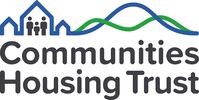
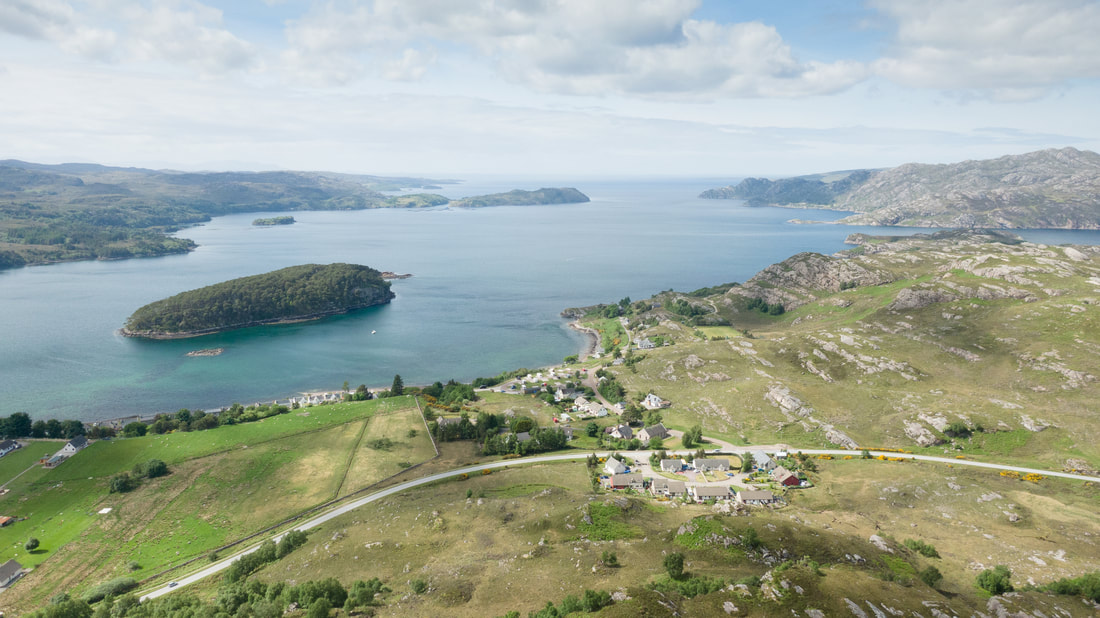

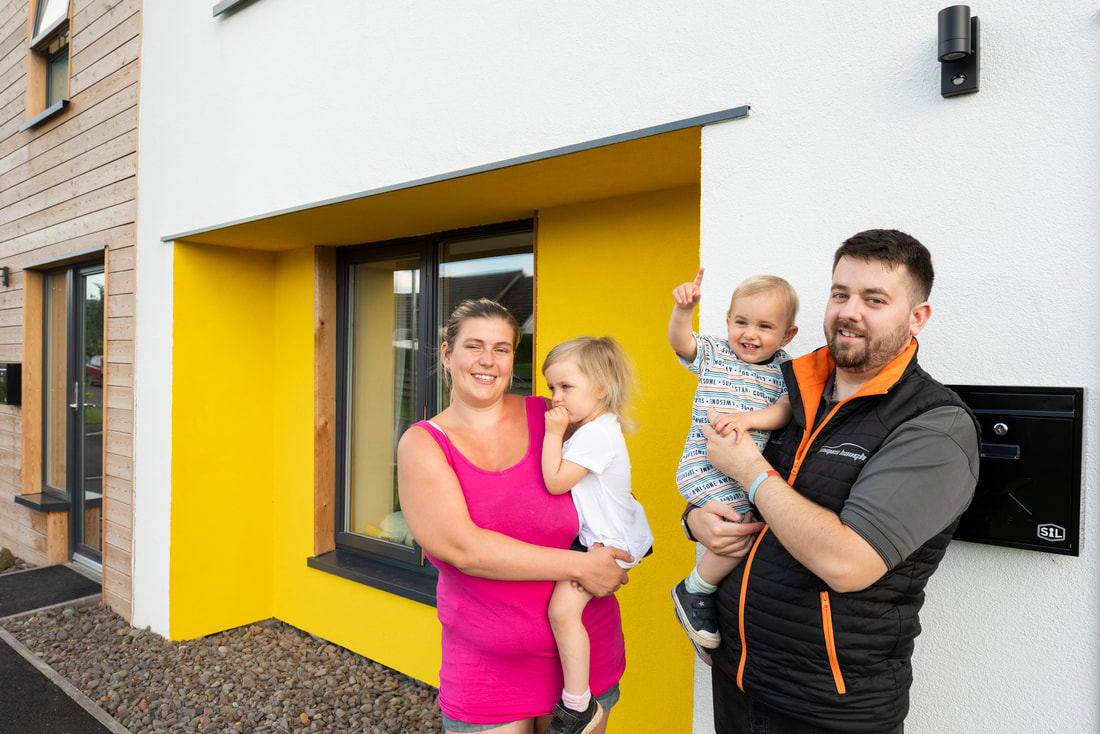
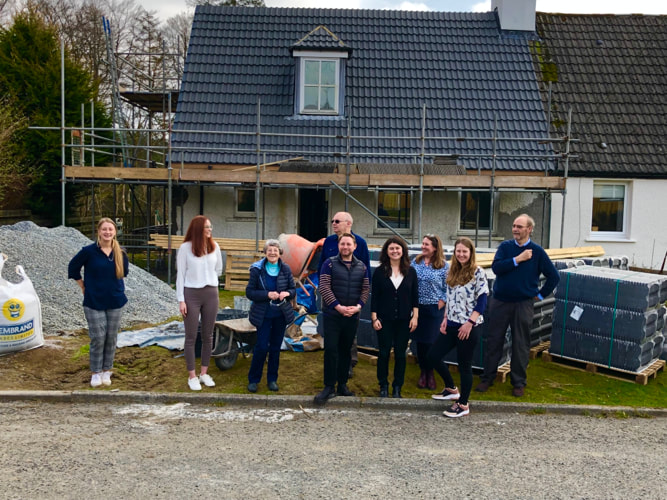
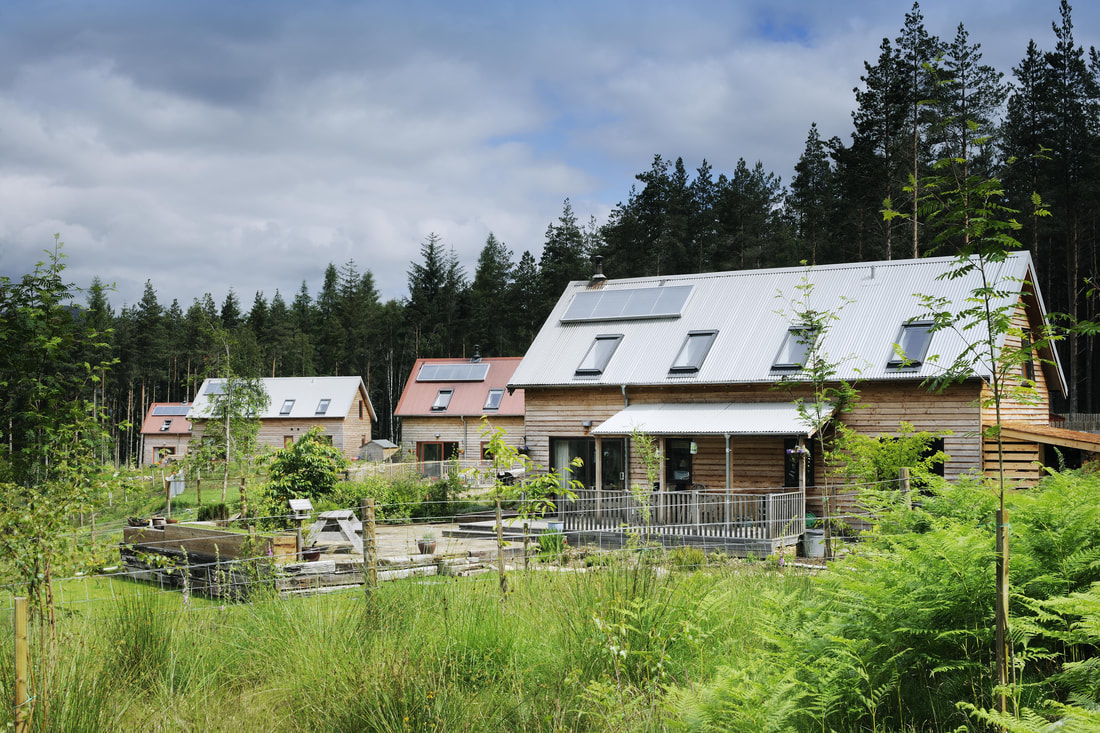

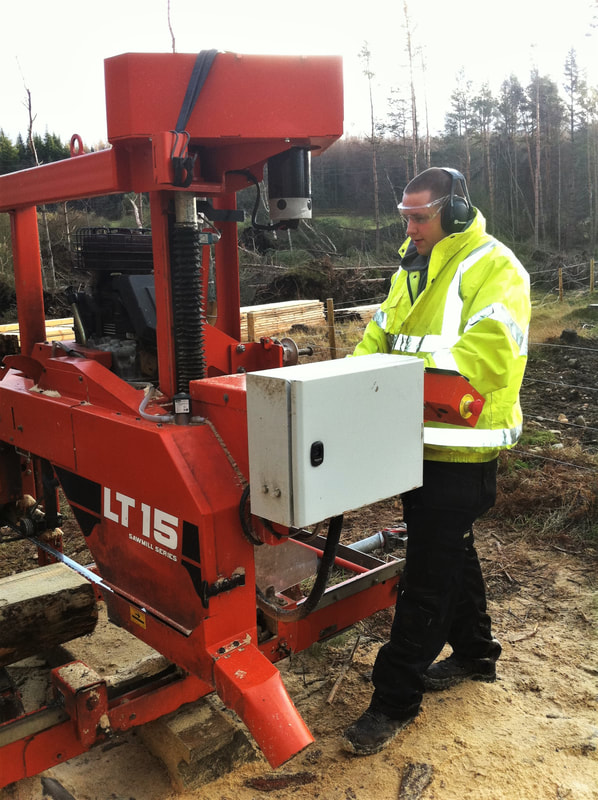
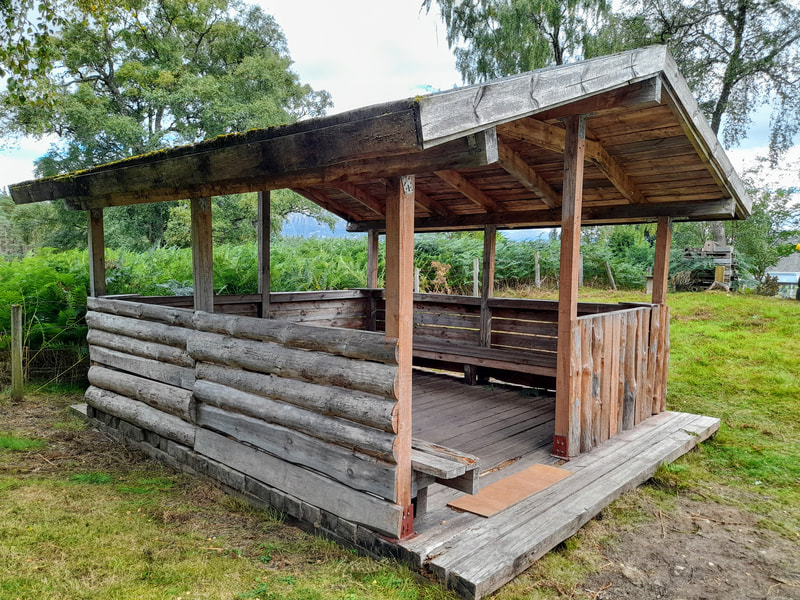
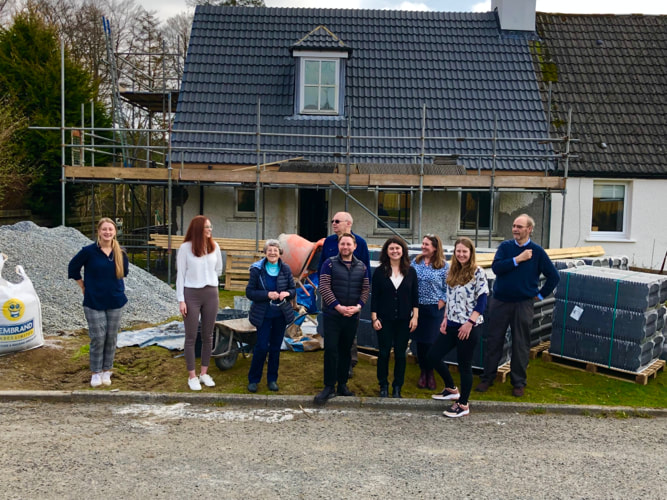
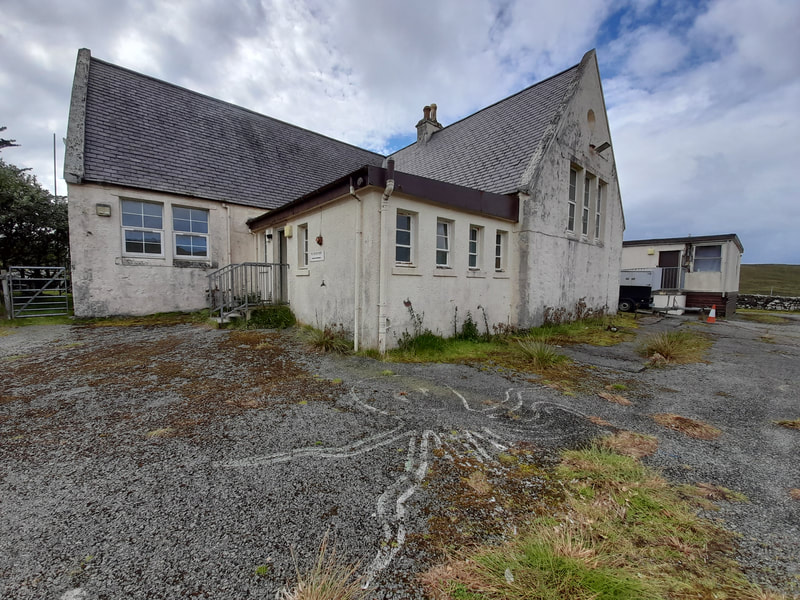
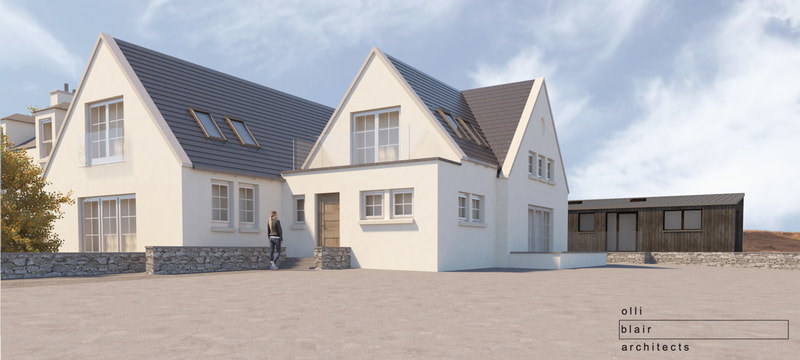

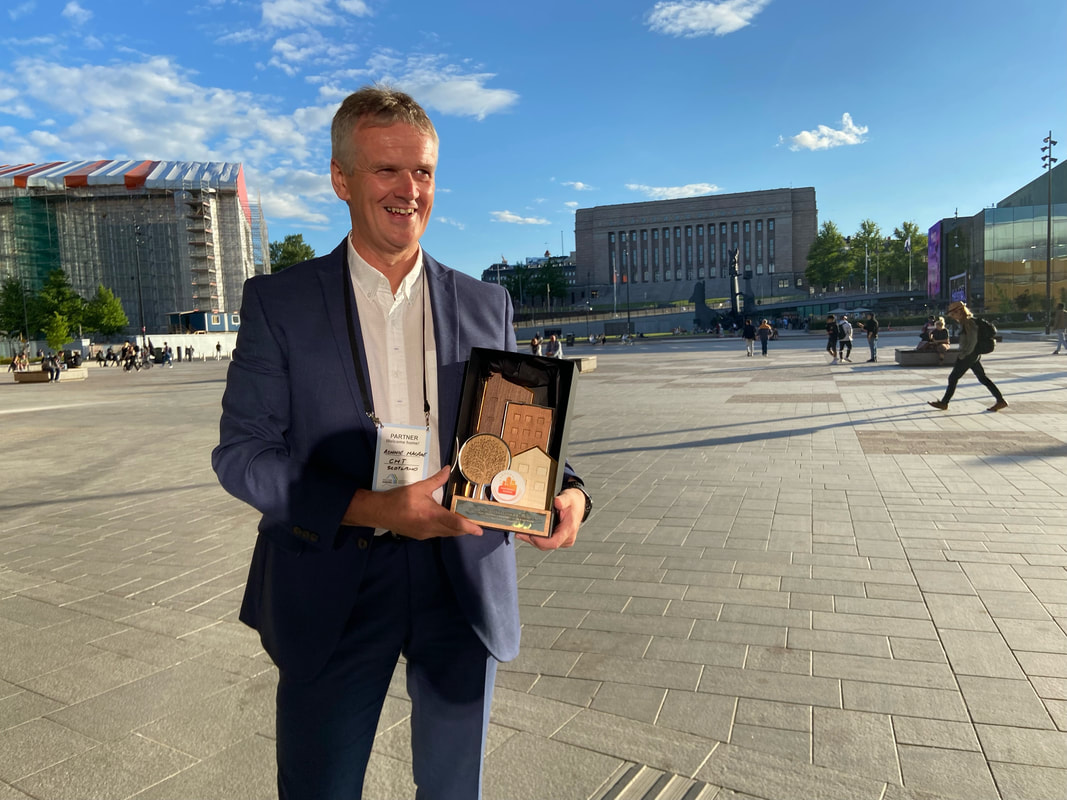
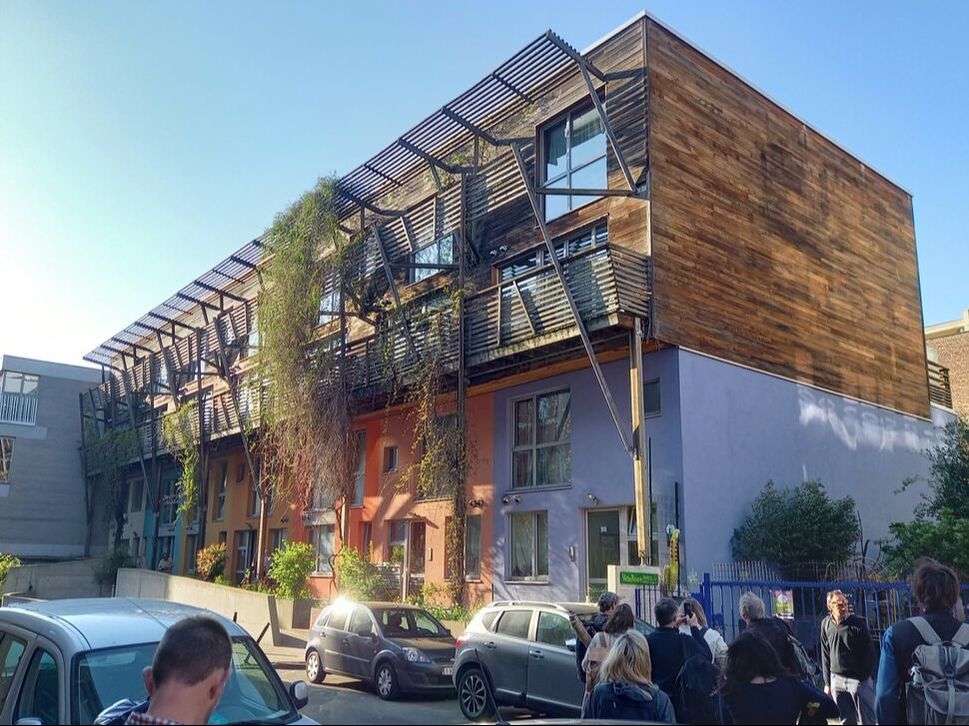
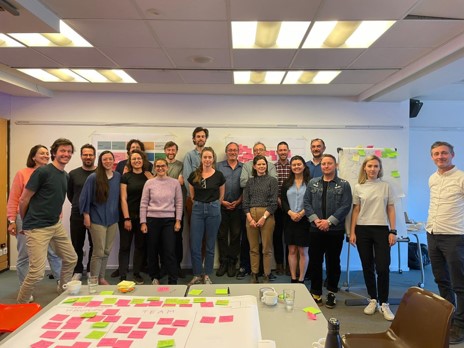
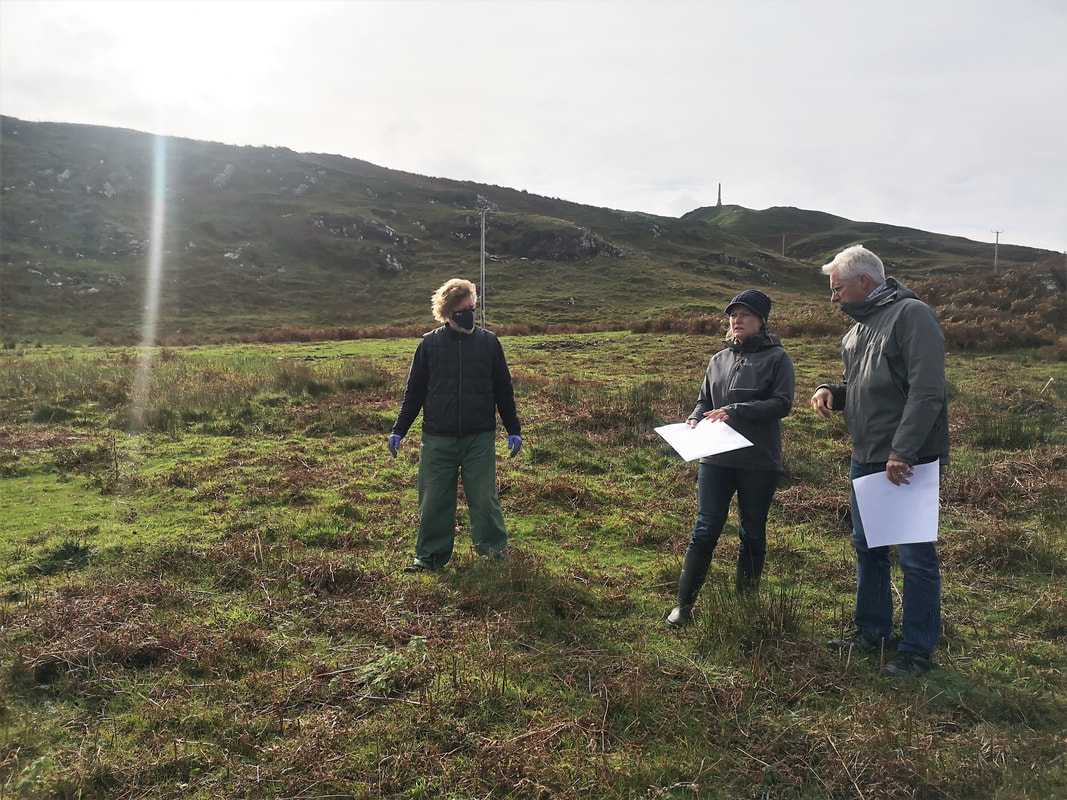
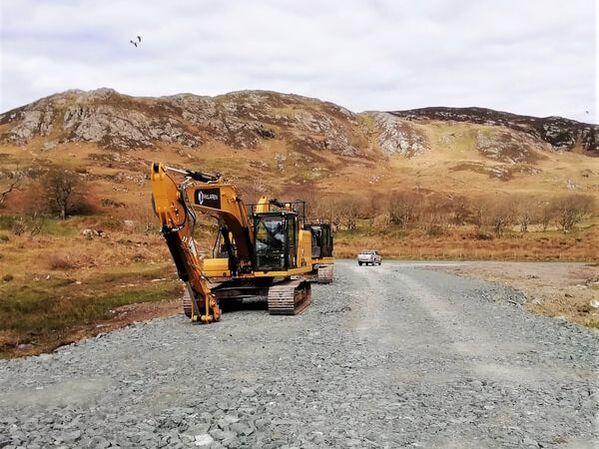
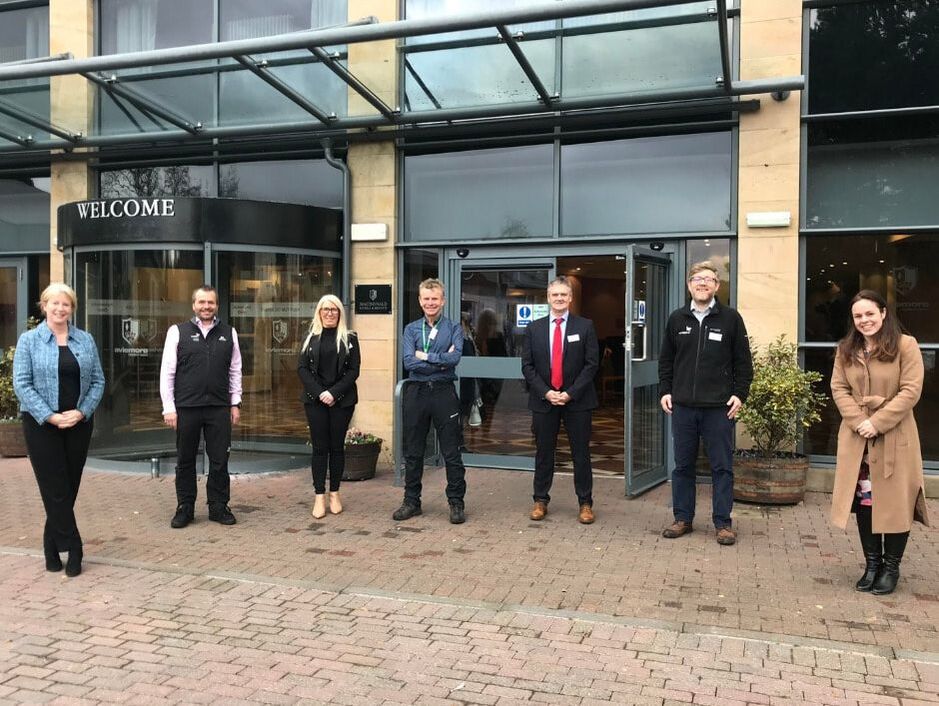

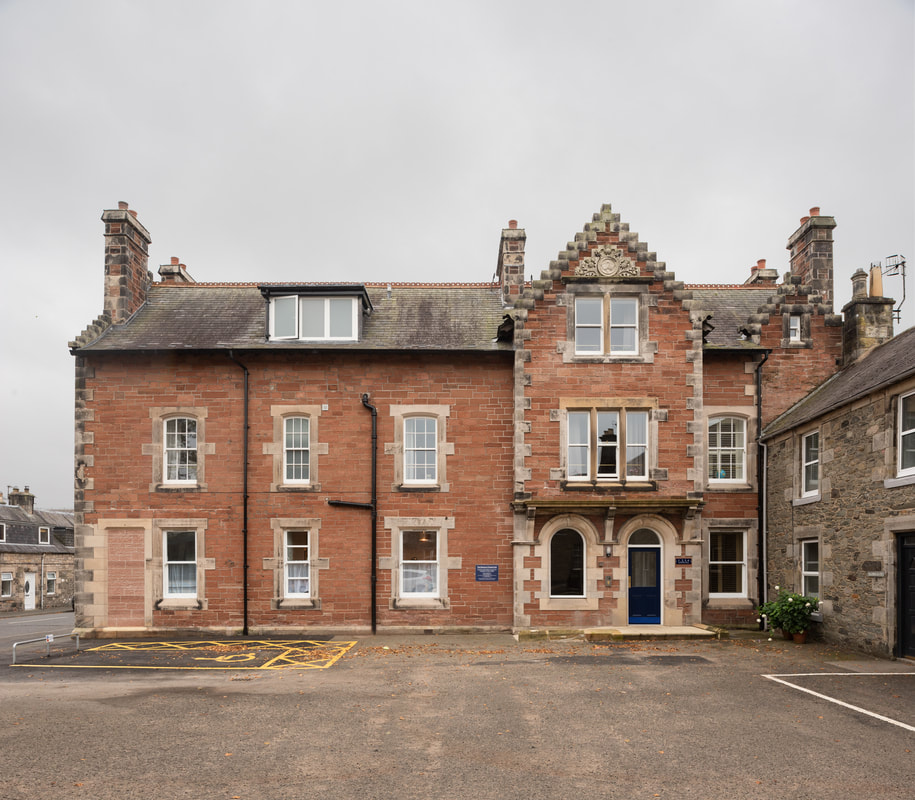
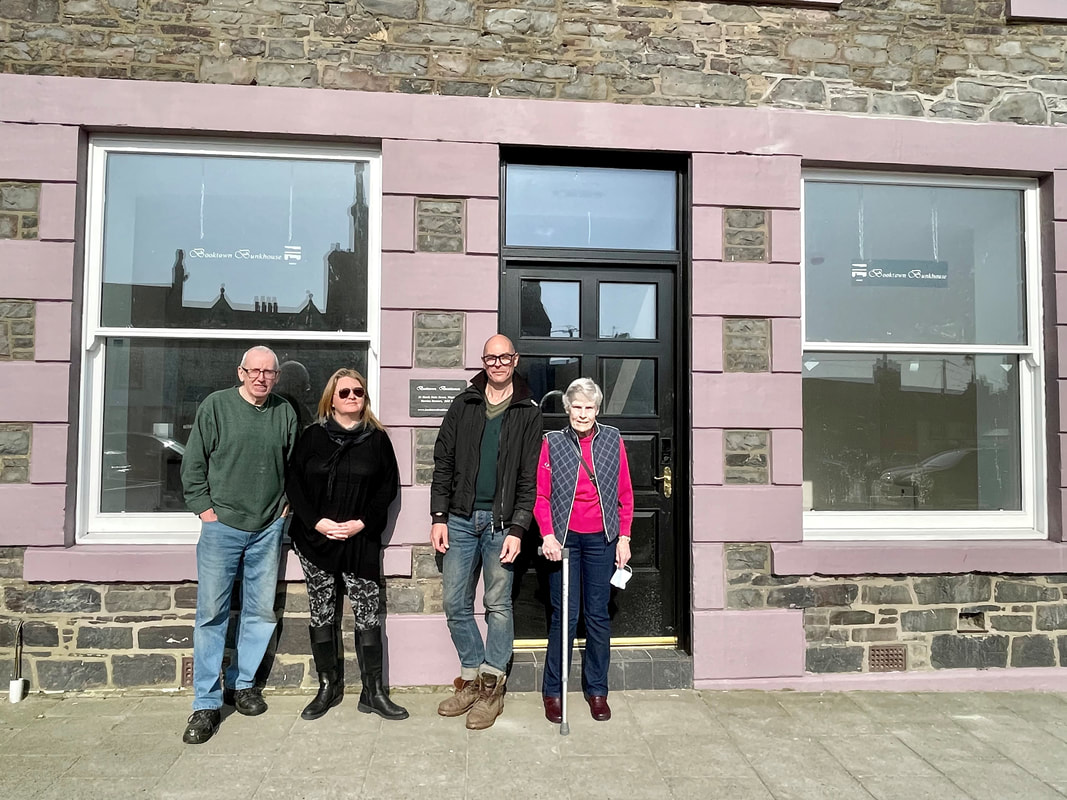
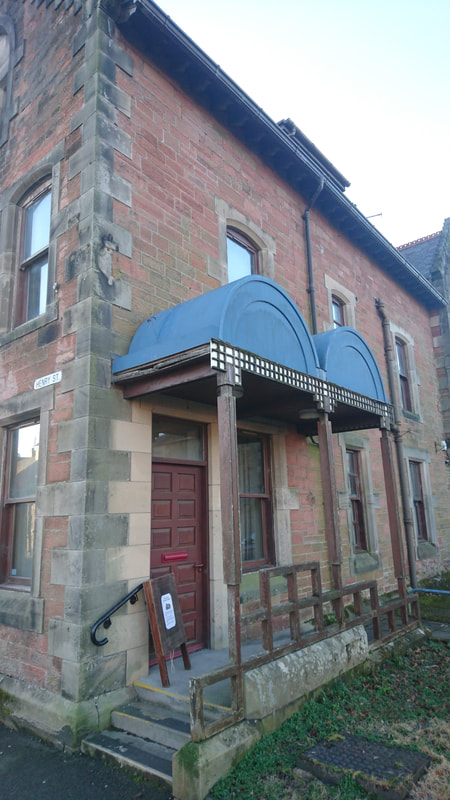
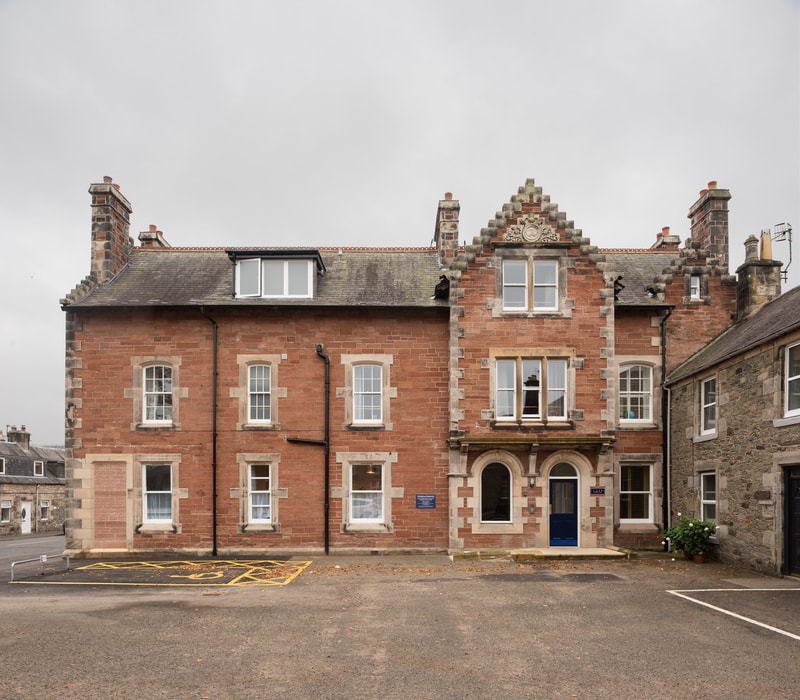
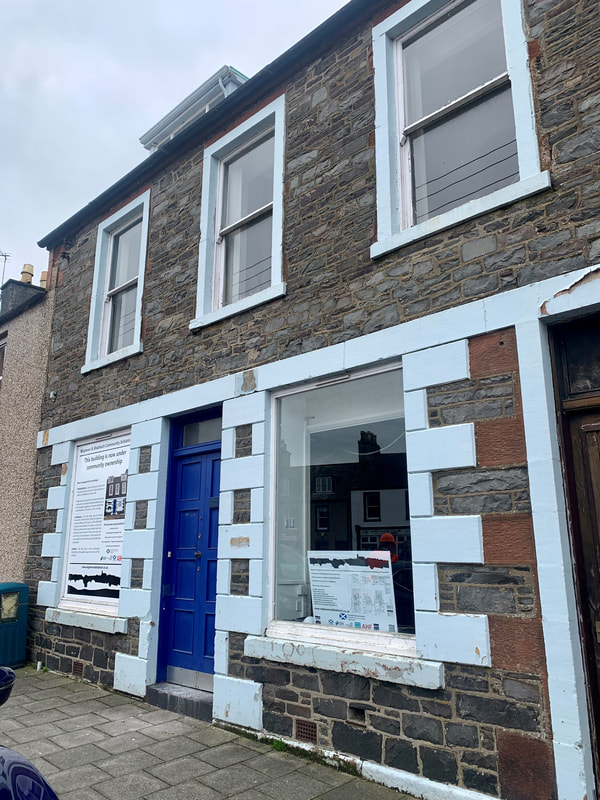
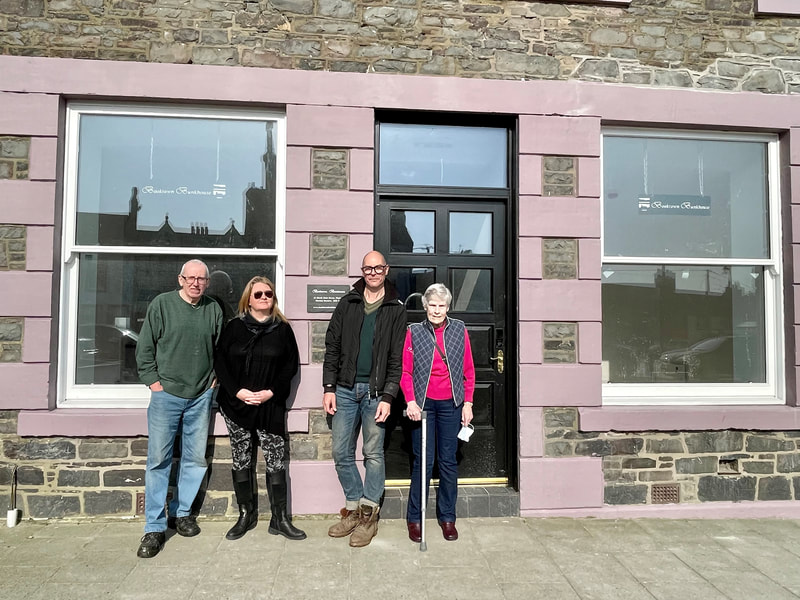
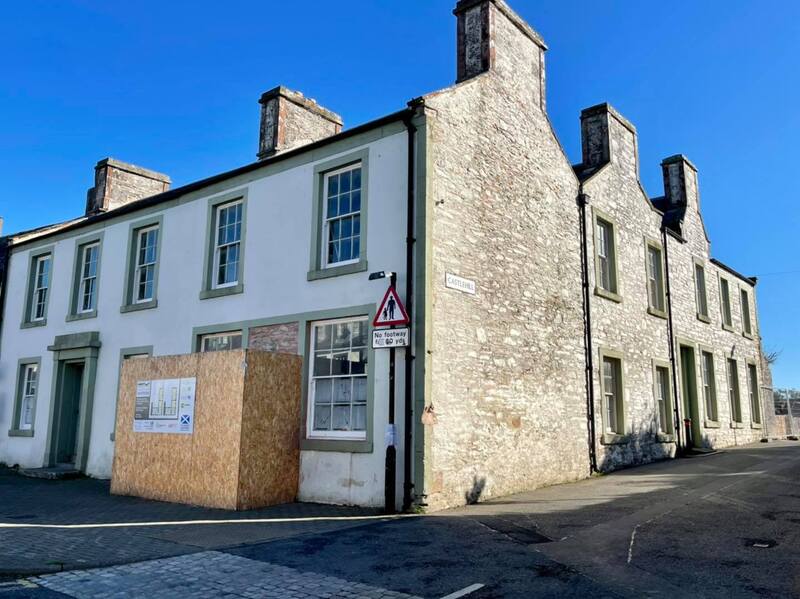
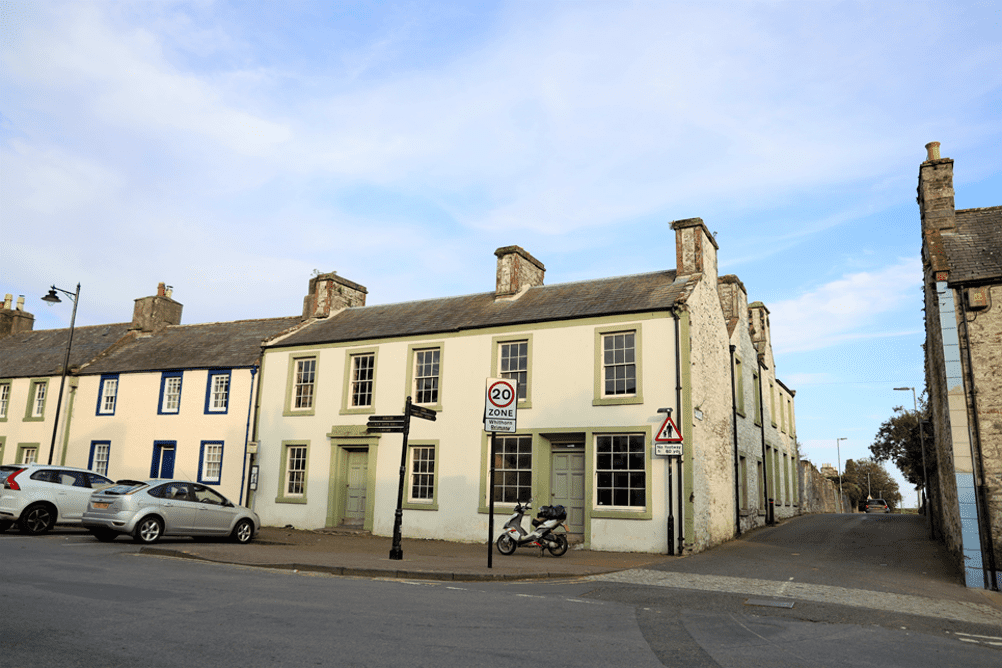
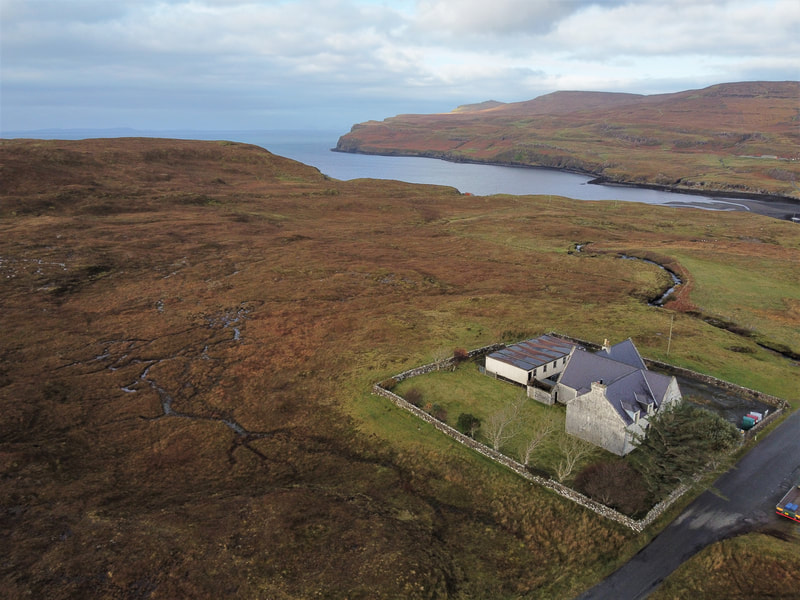
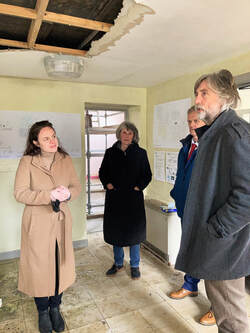
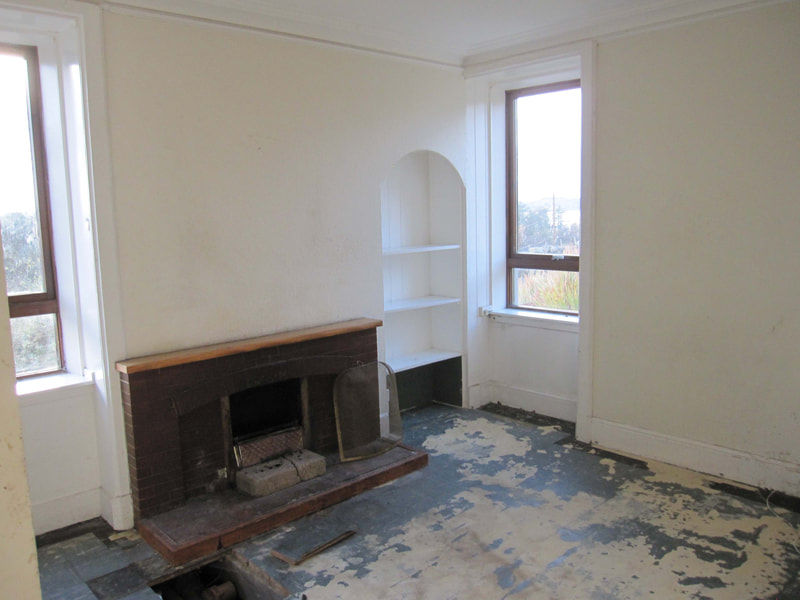
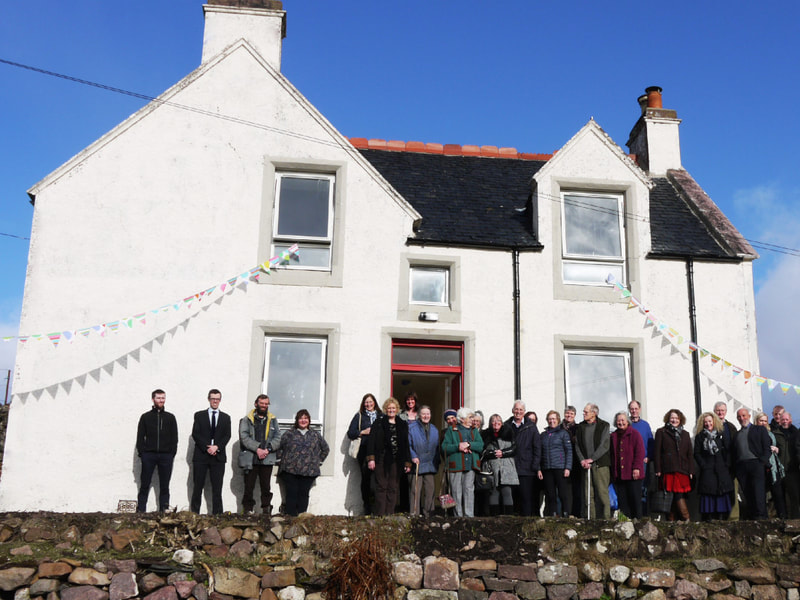
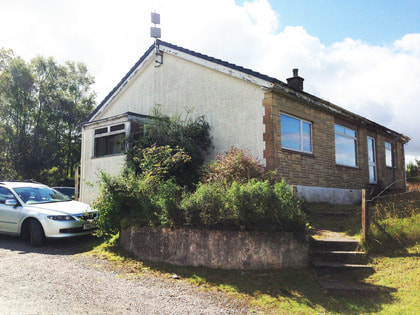
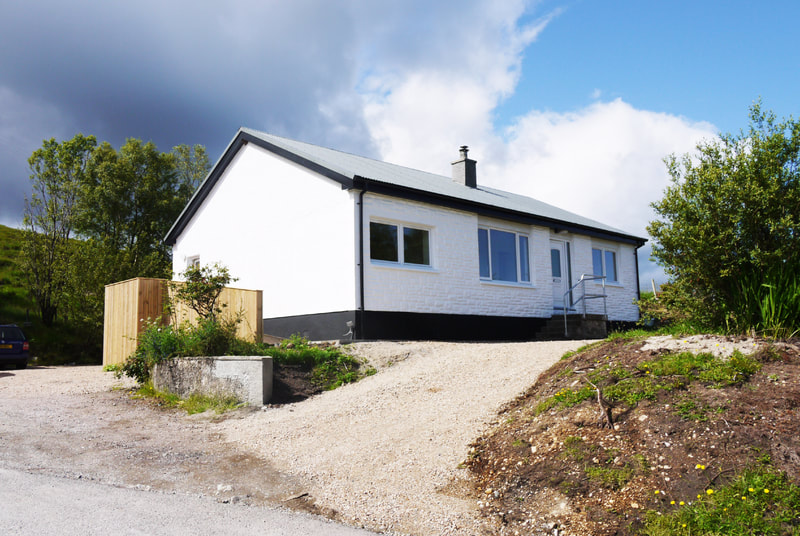
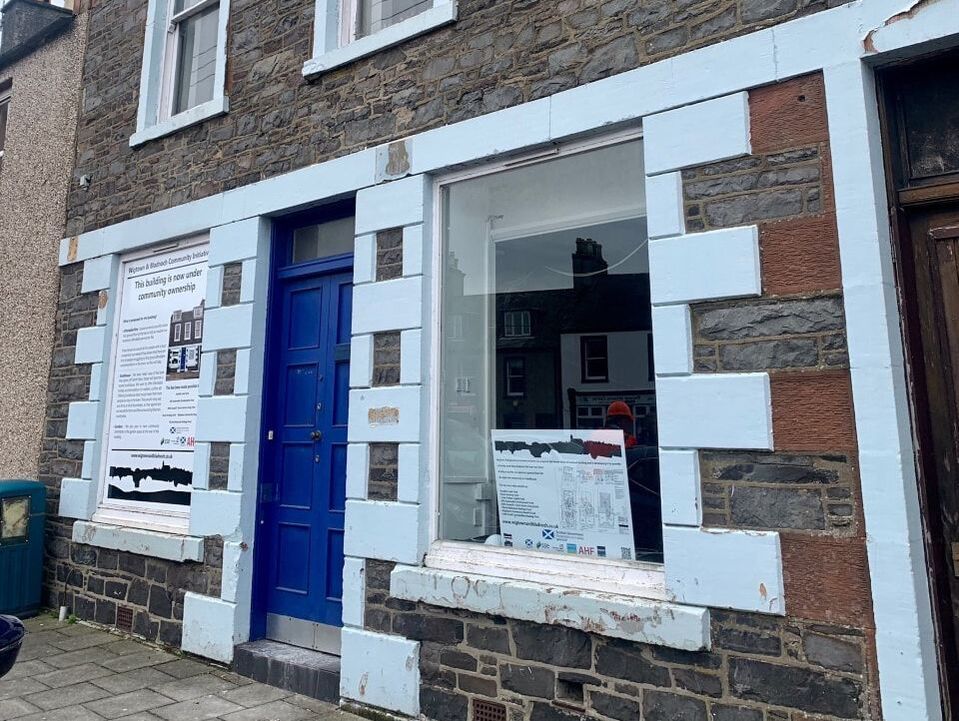
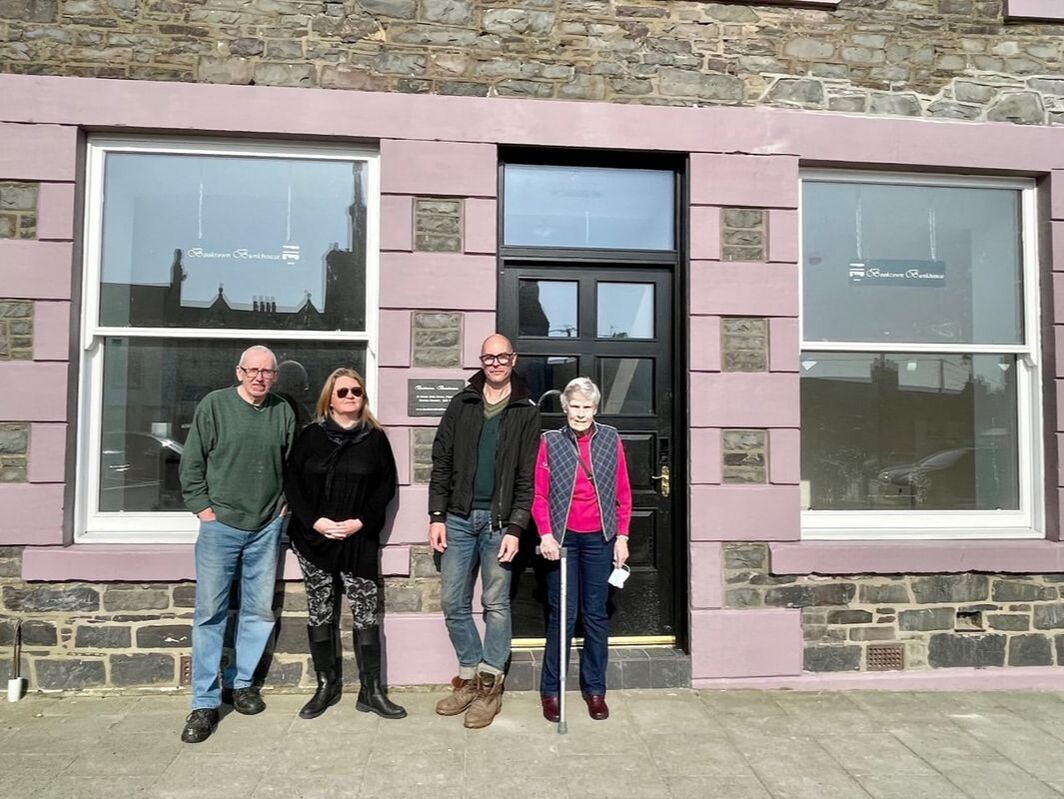
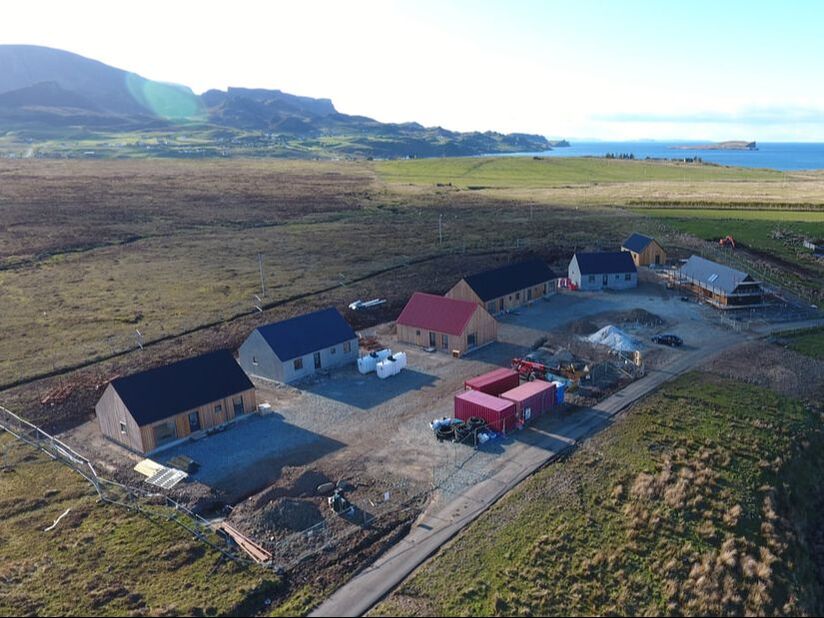
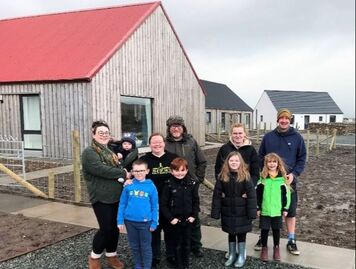
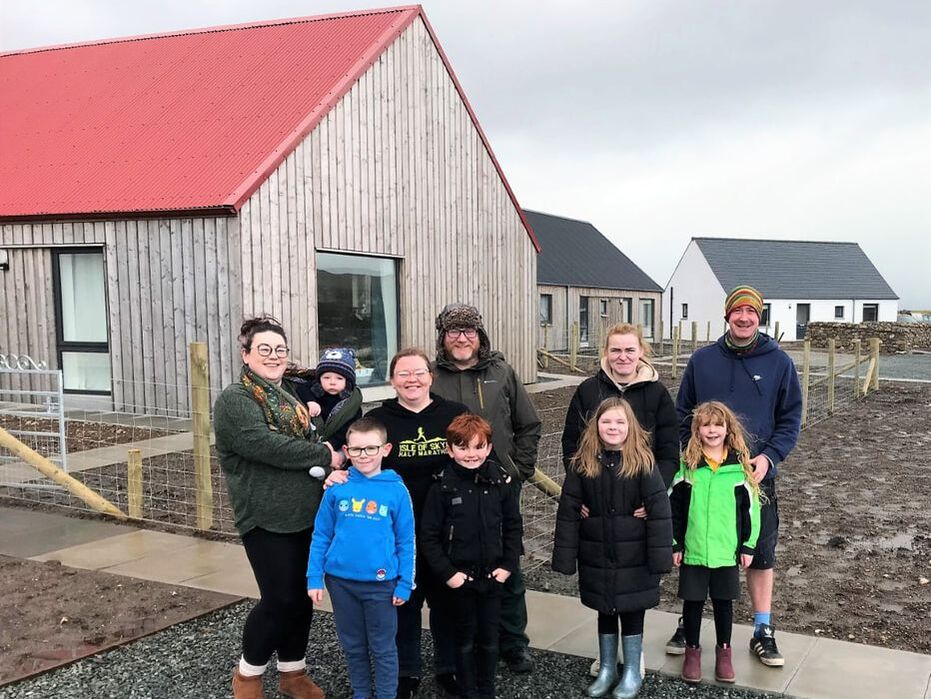
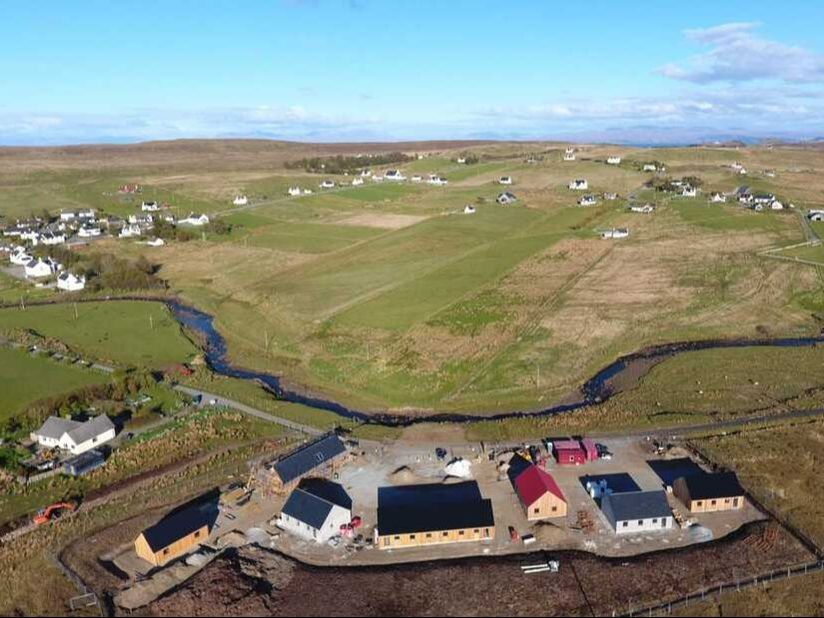

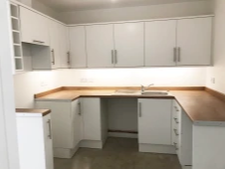
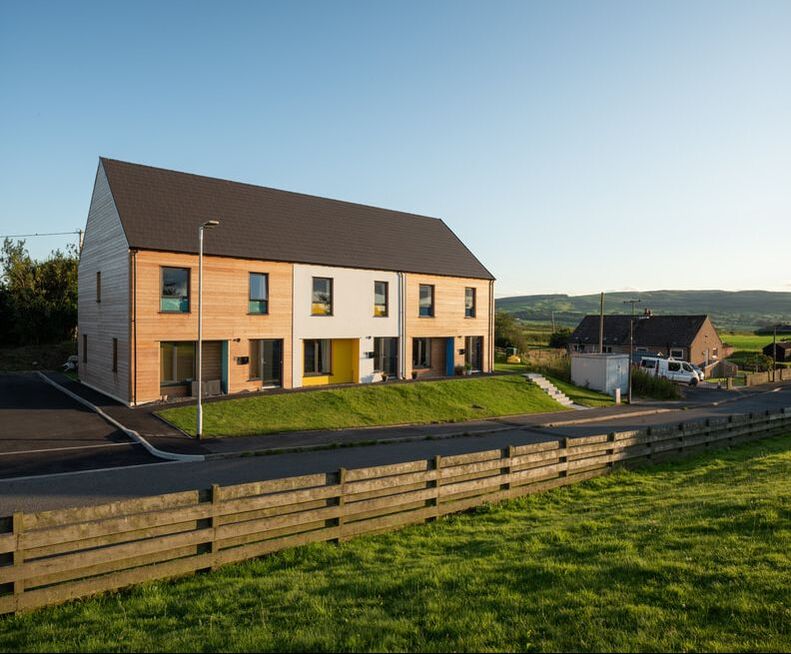
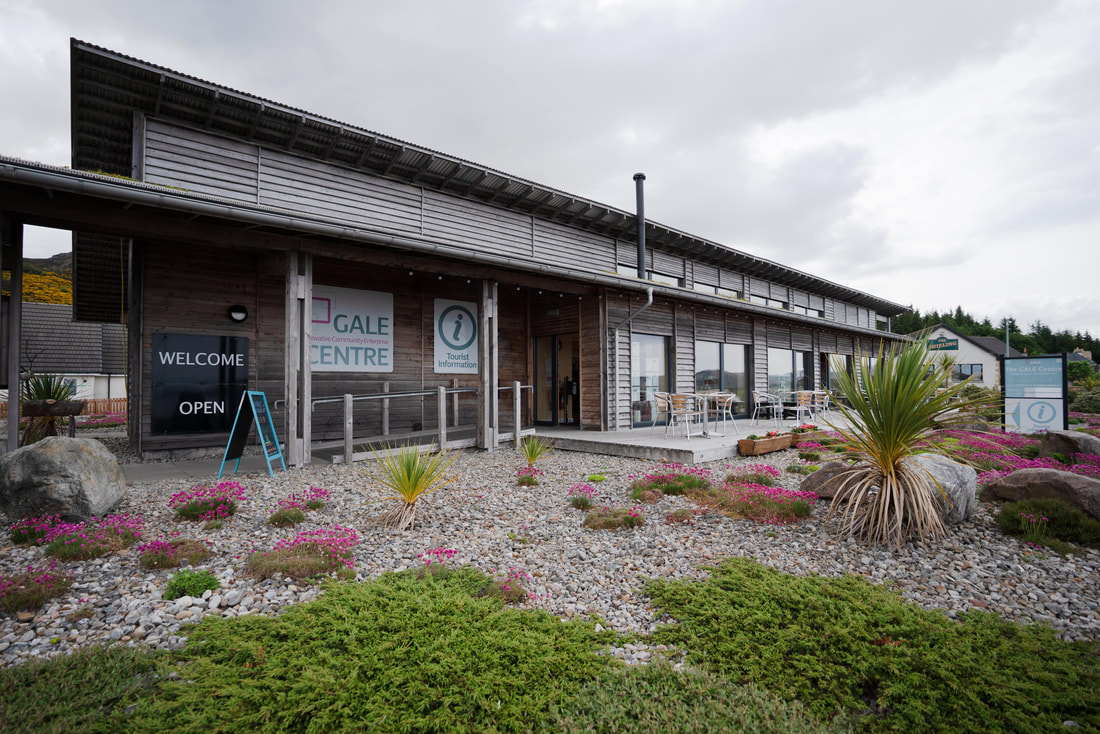
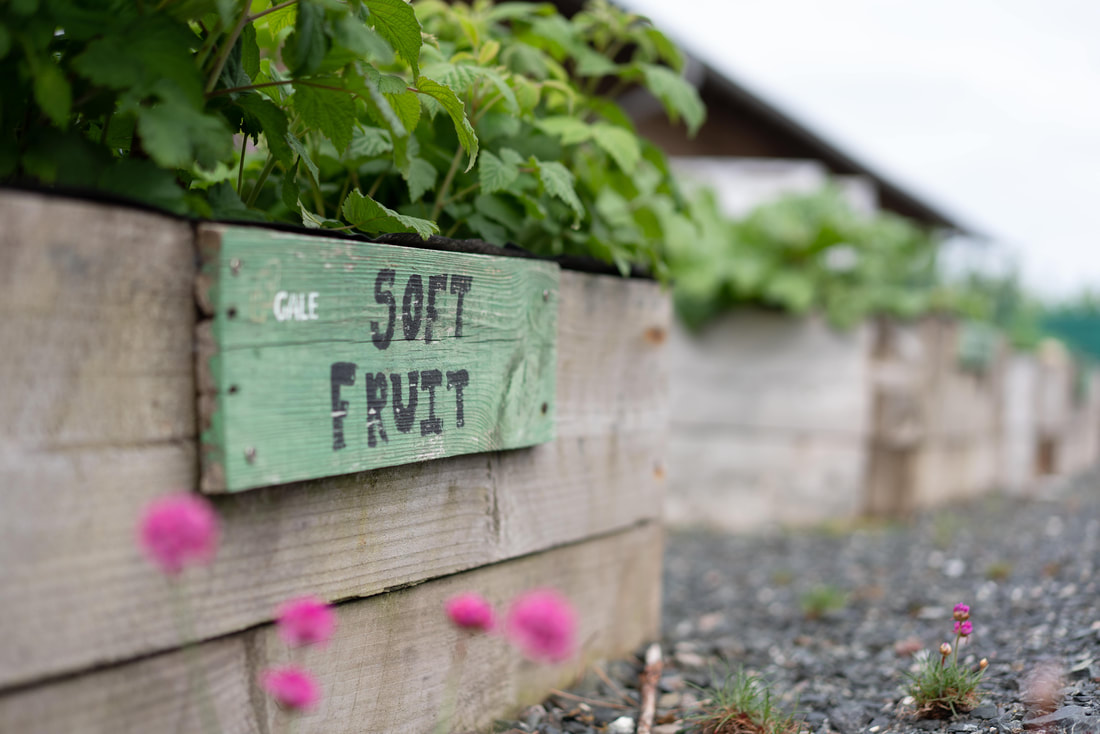
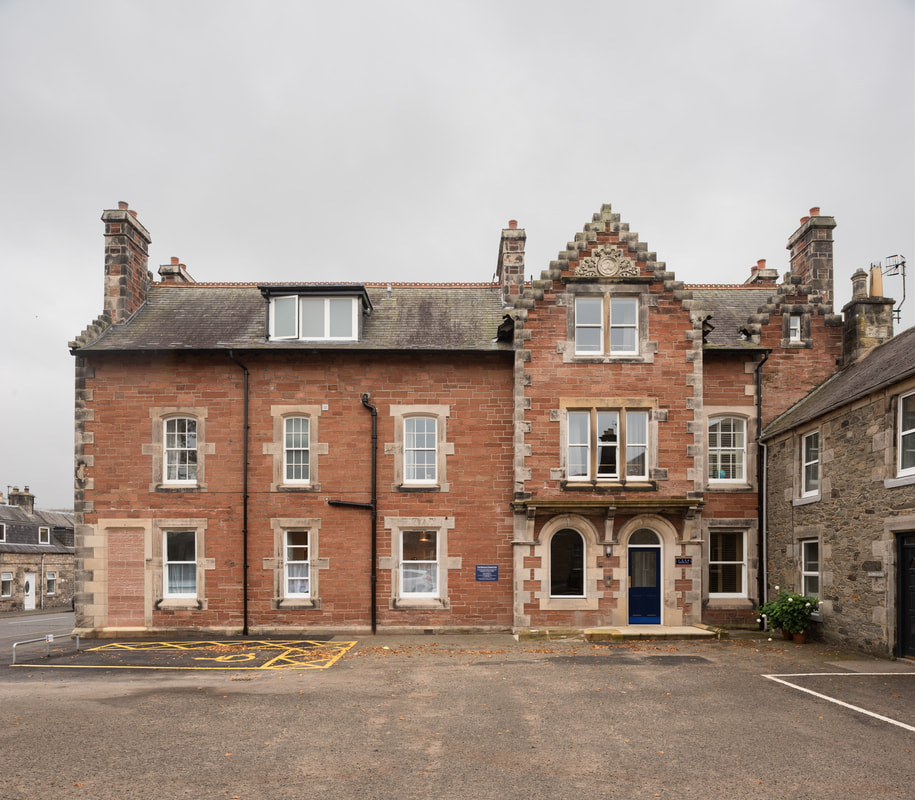
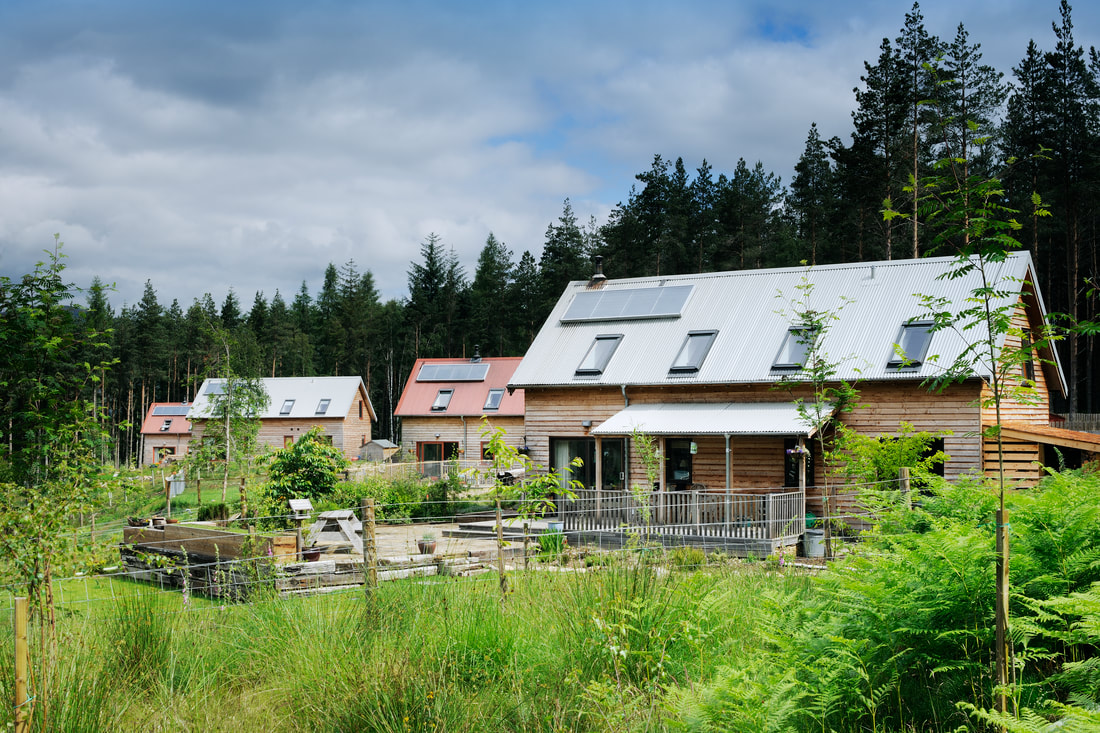
 RSS Feed
RSS Feed
